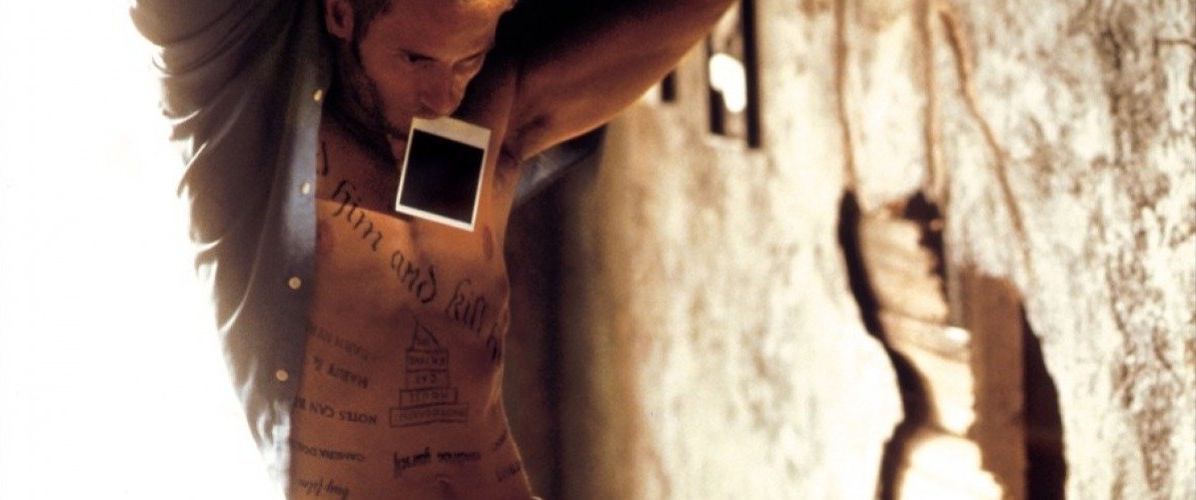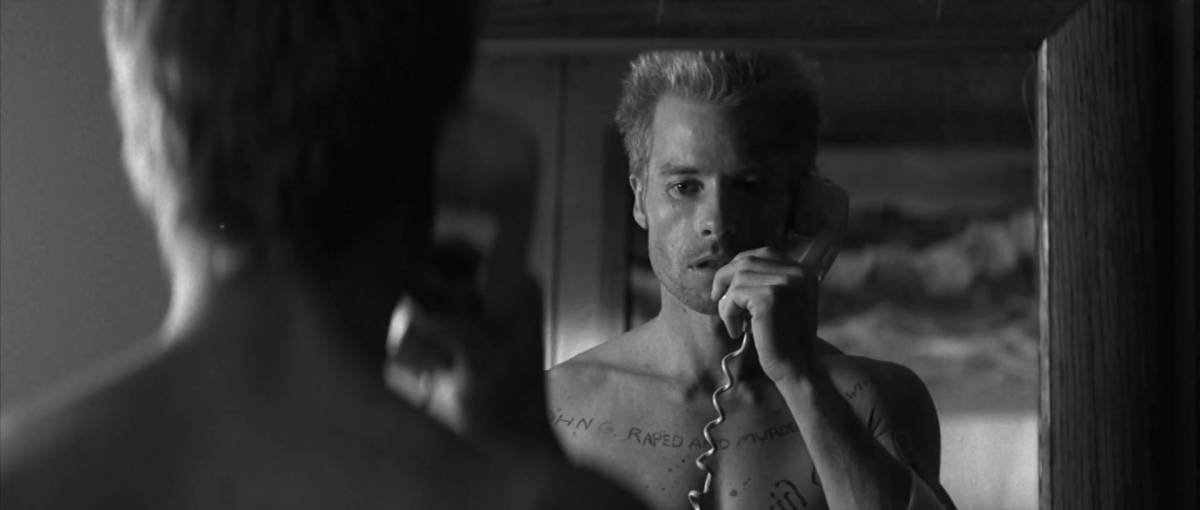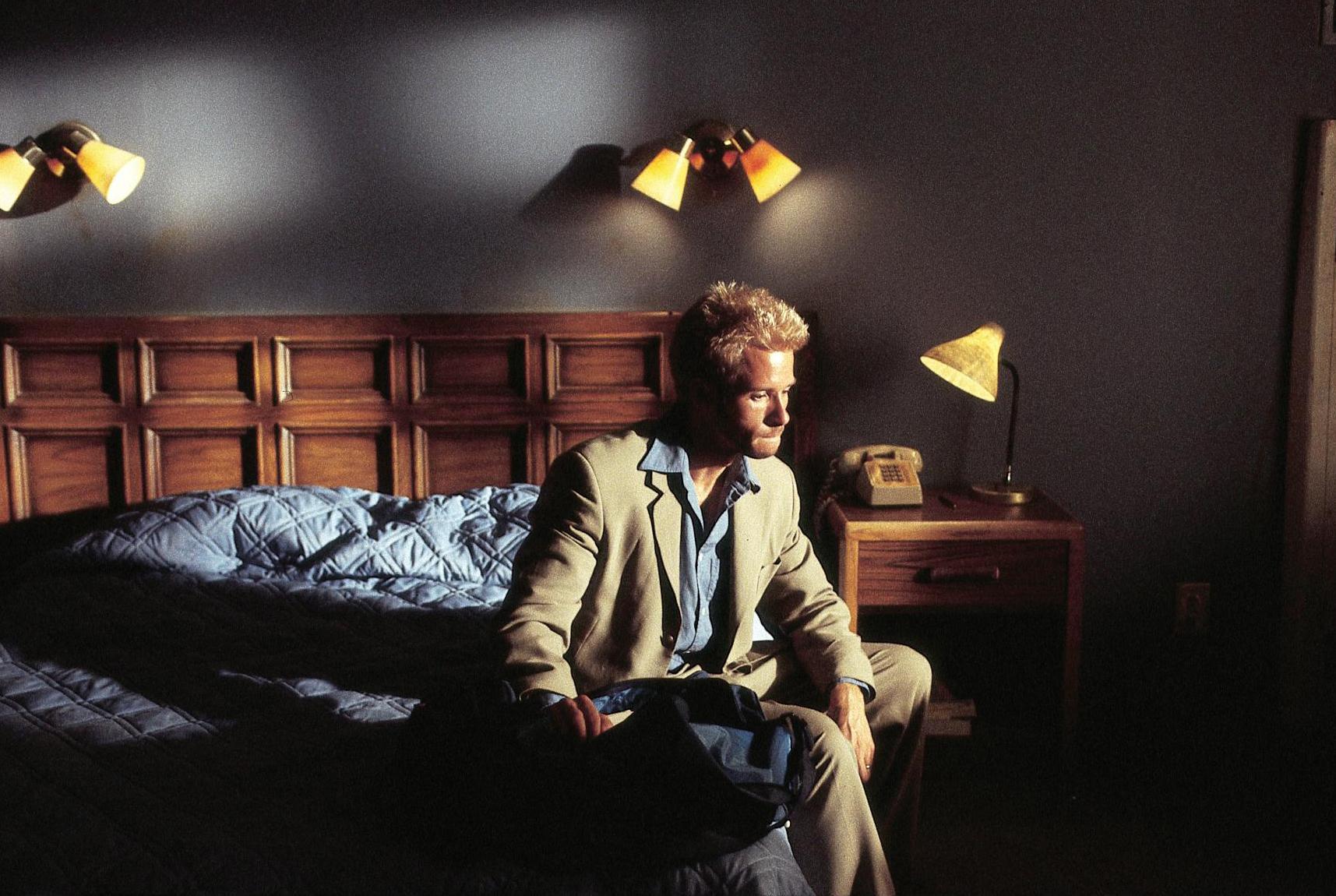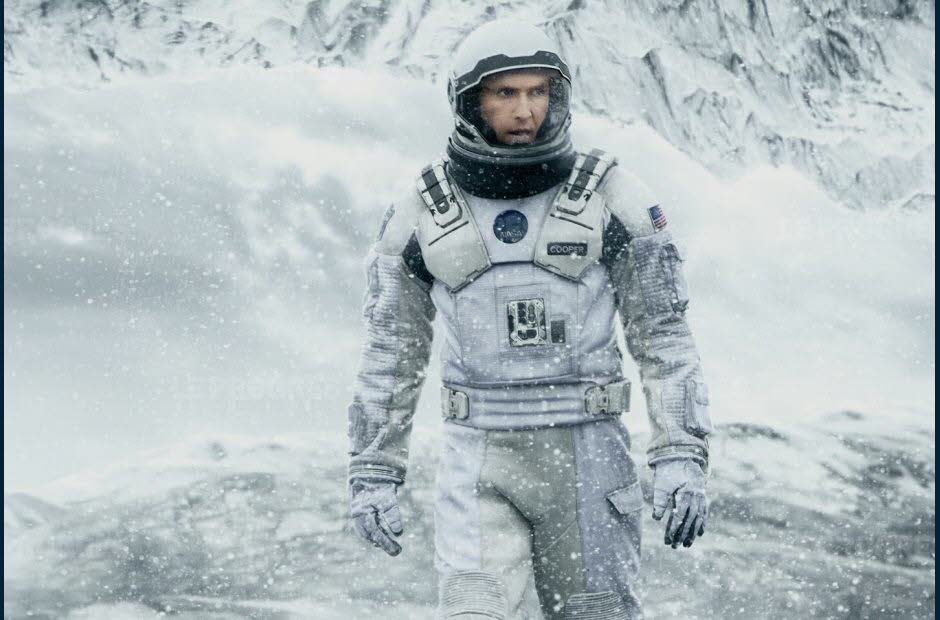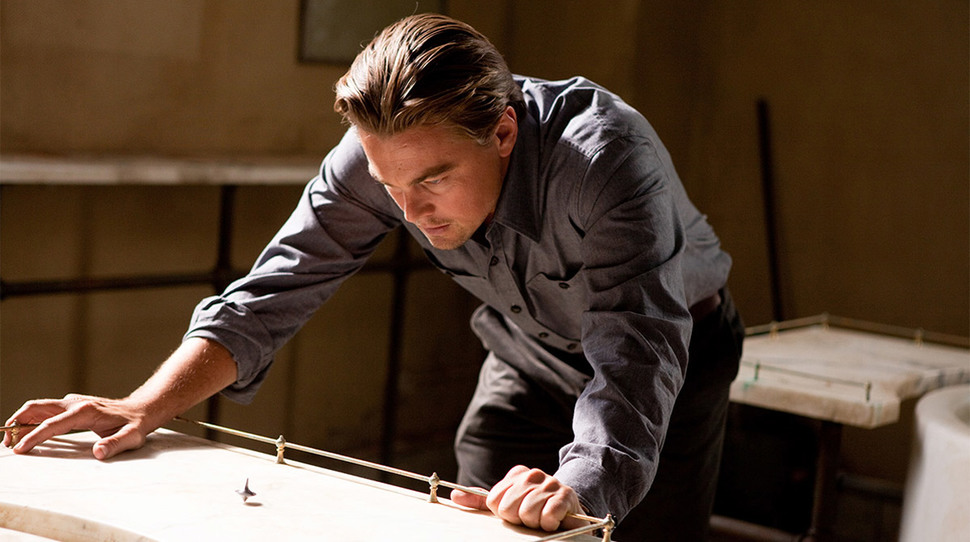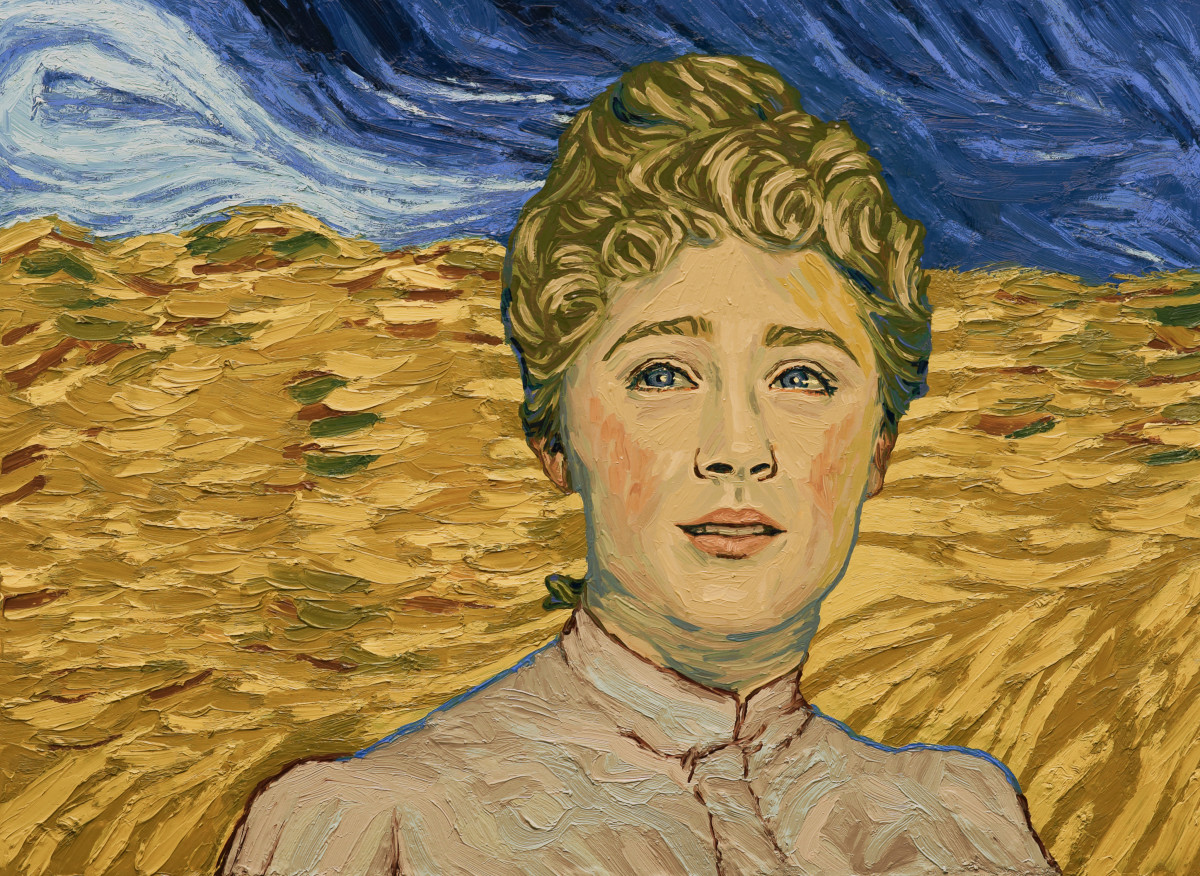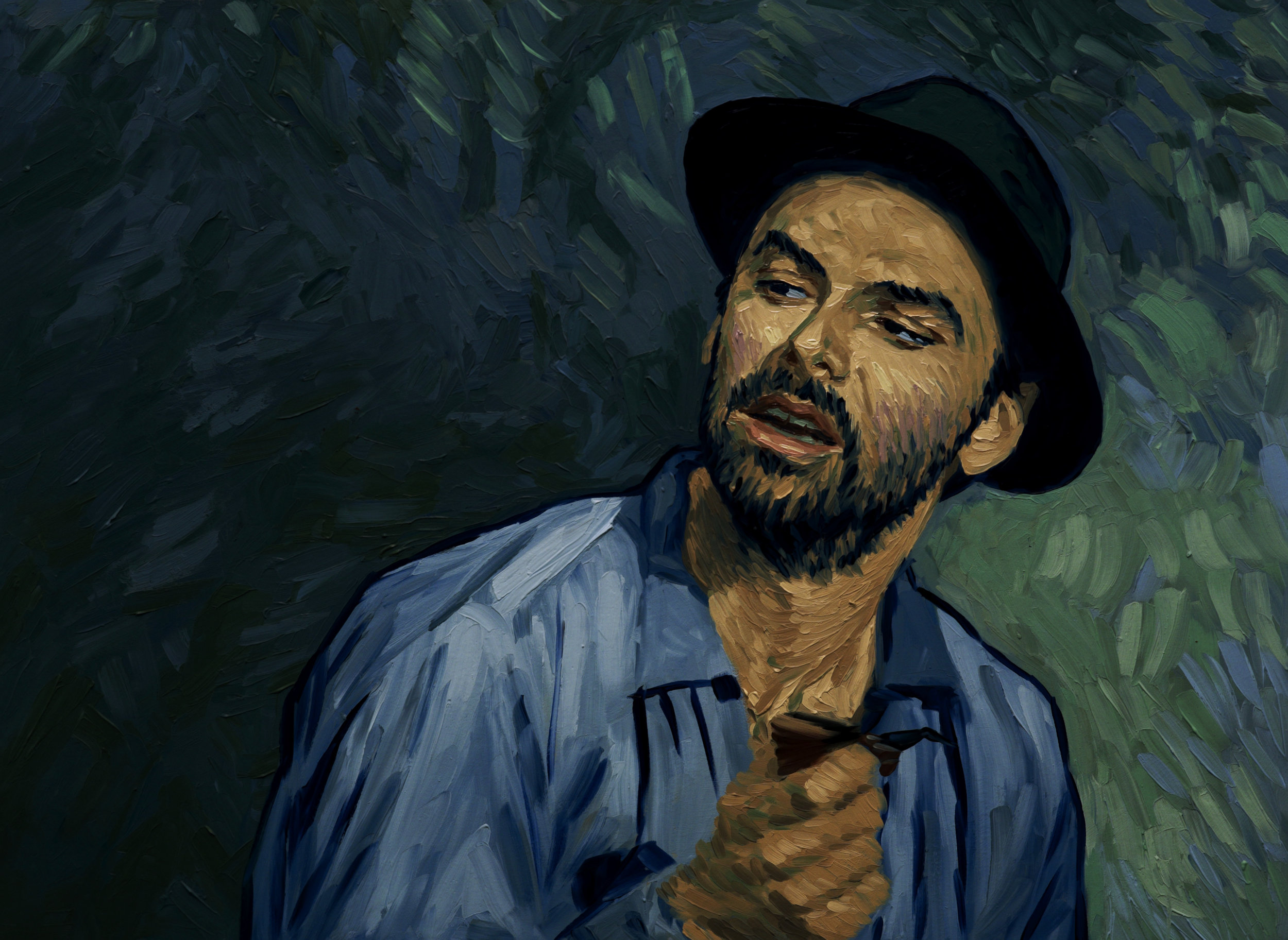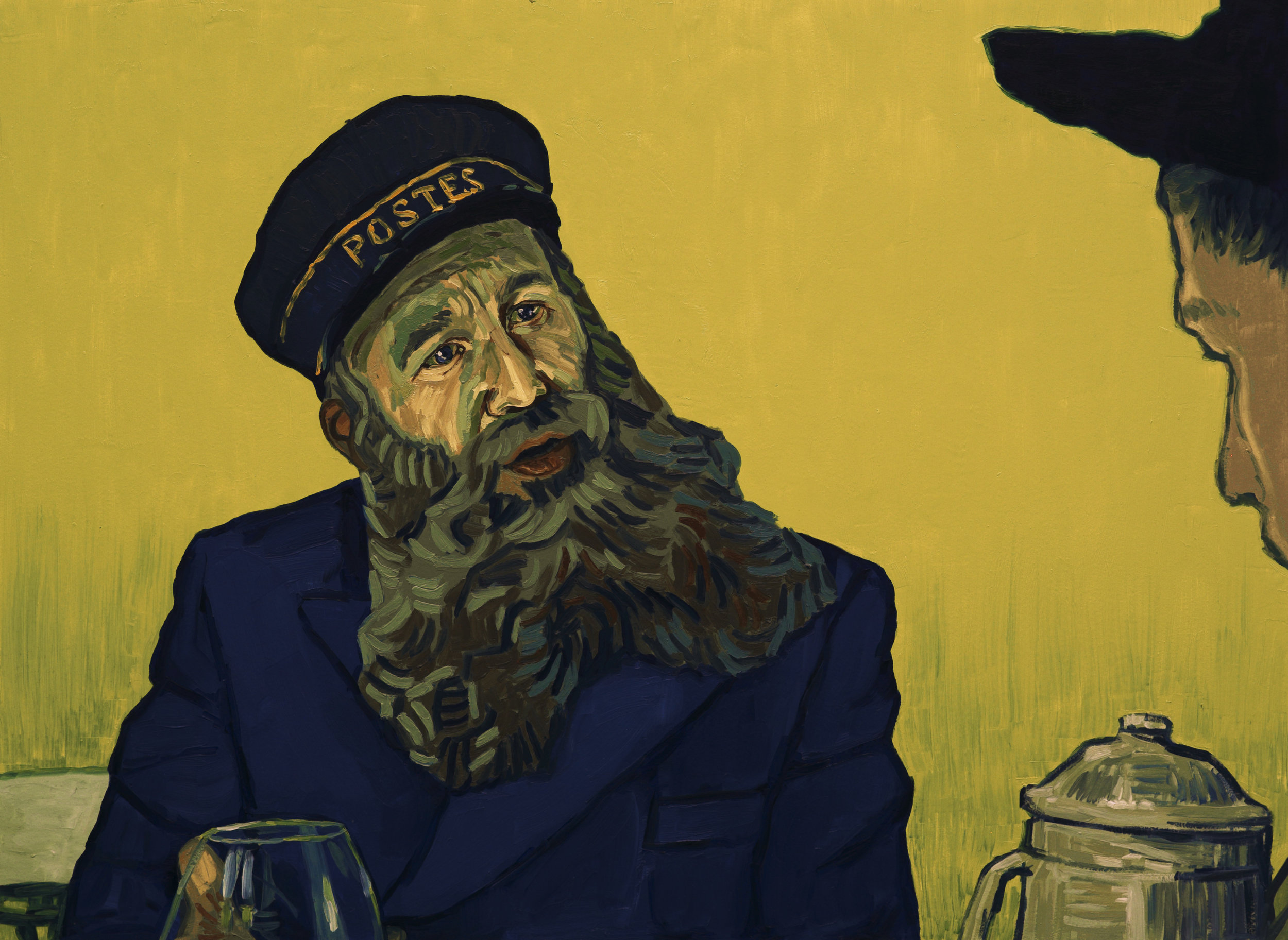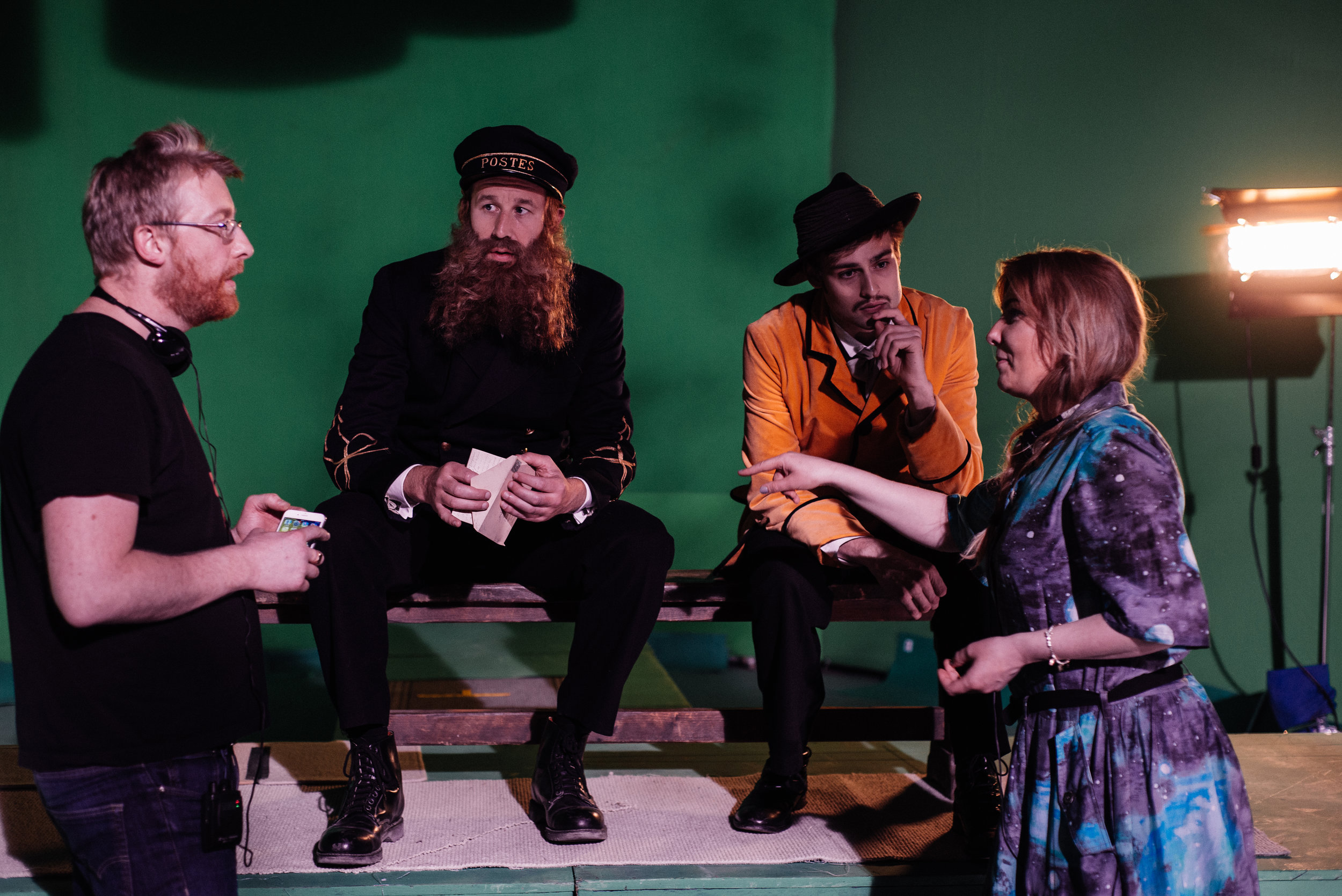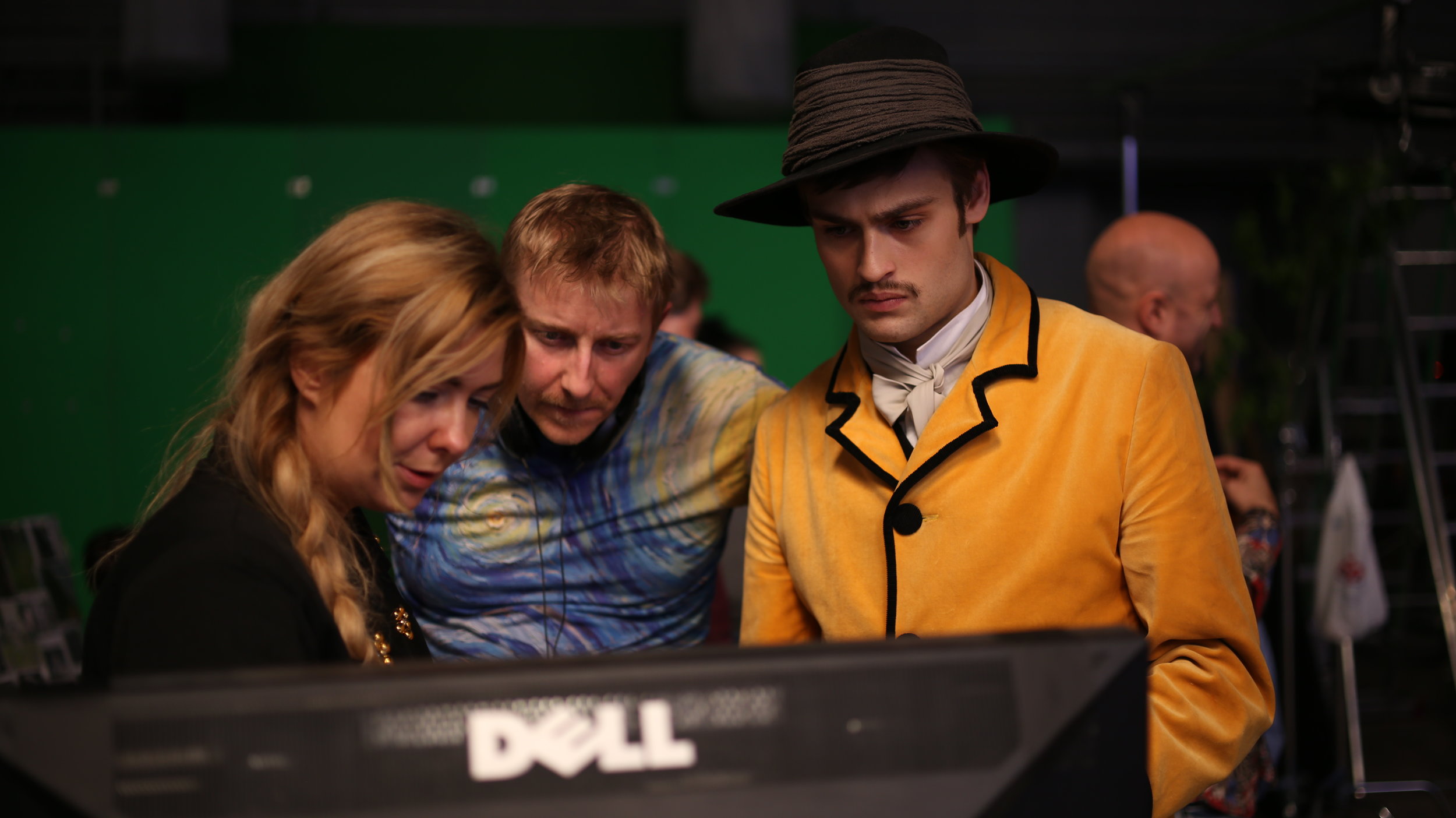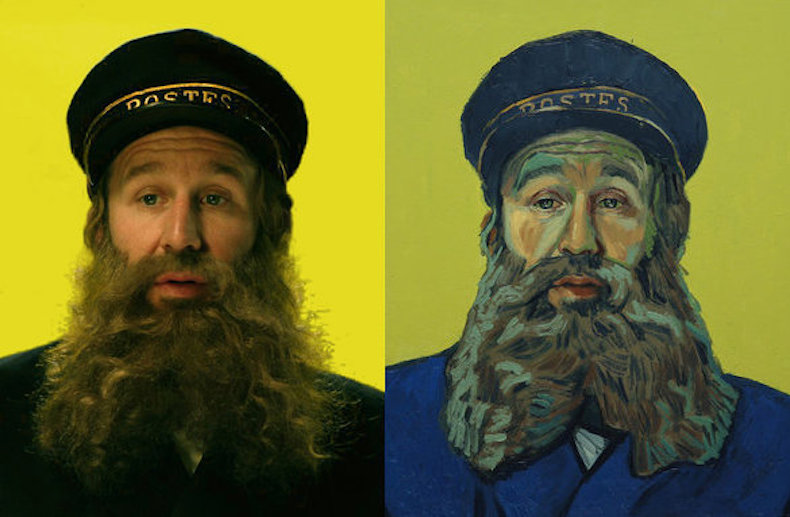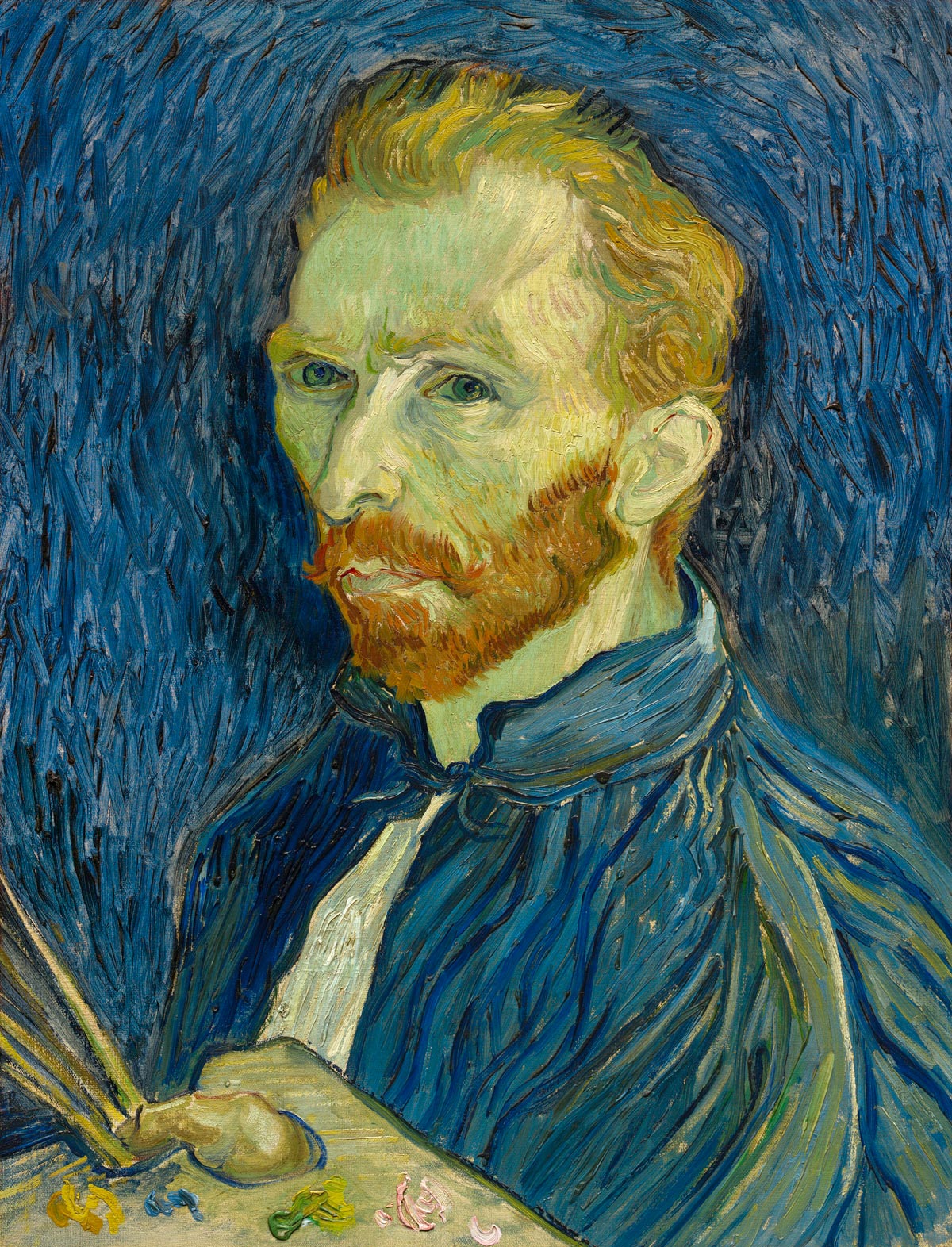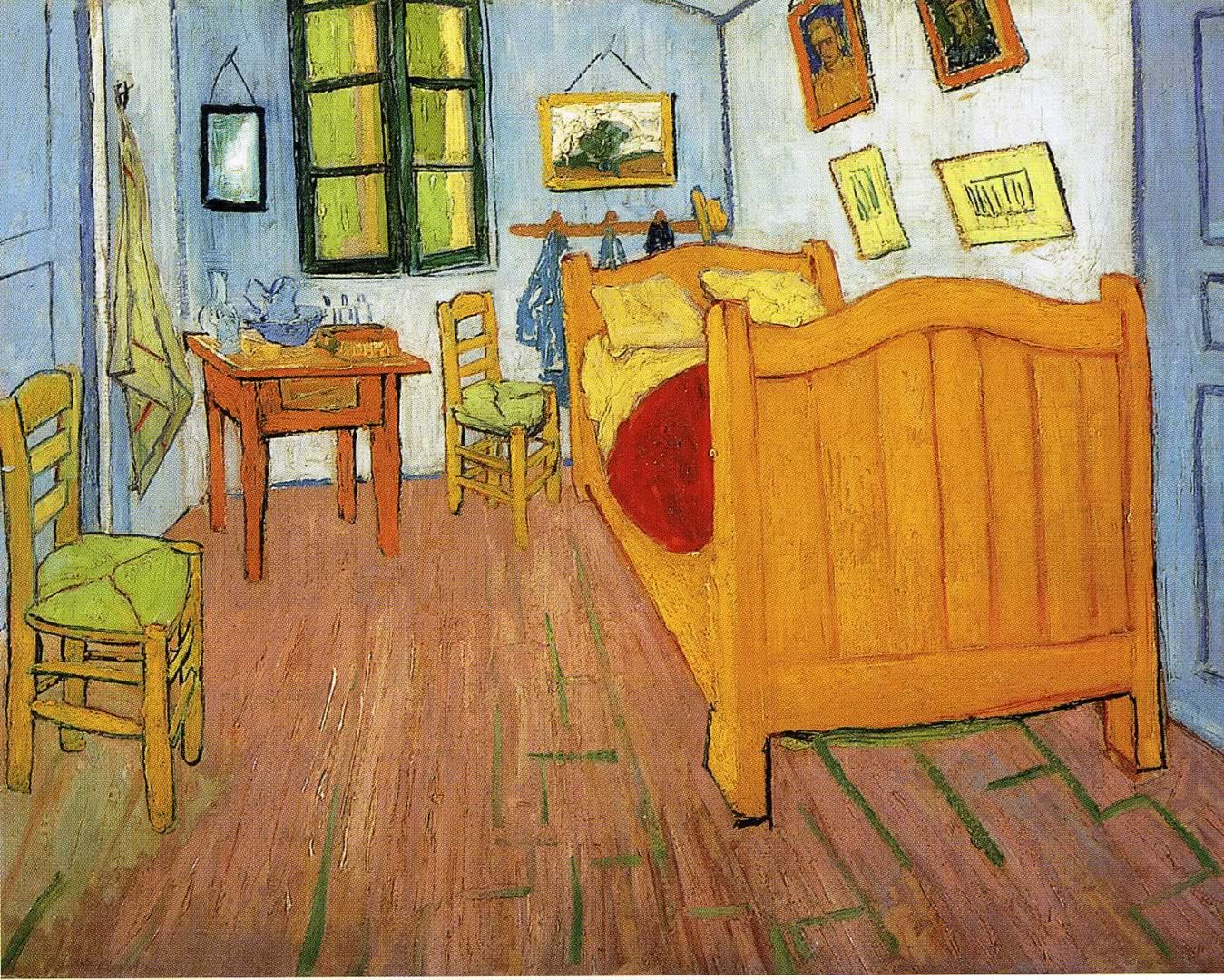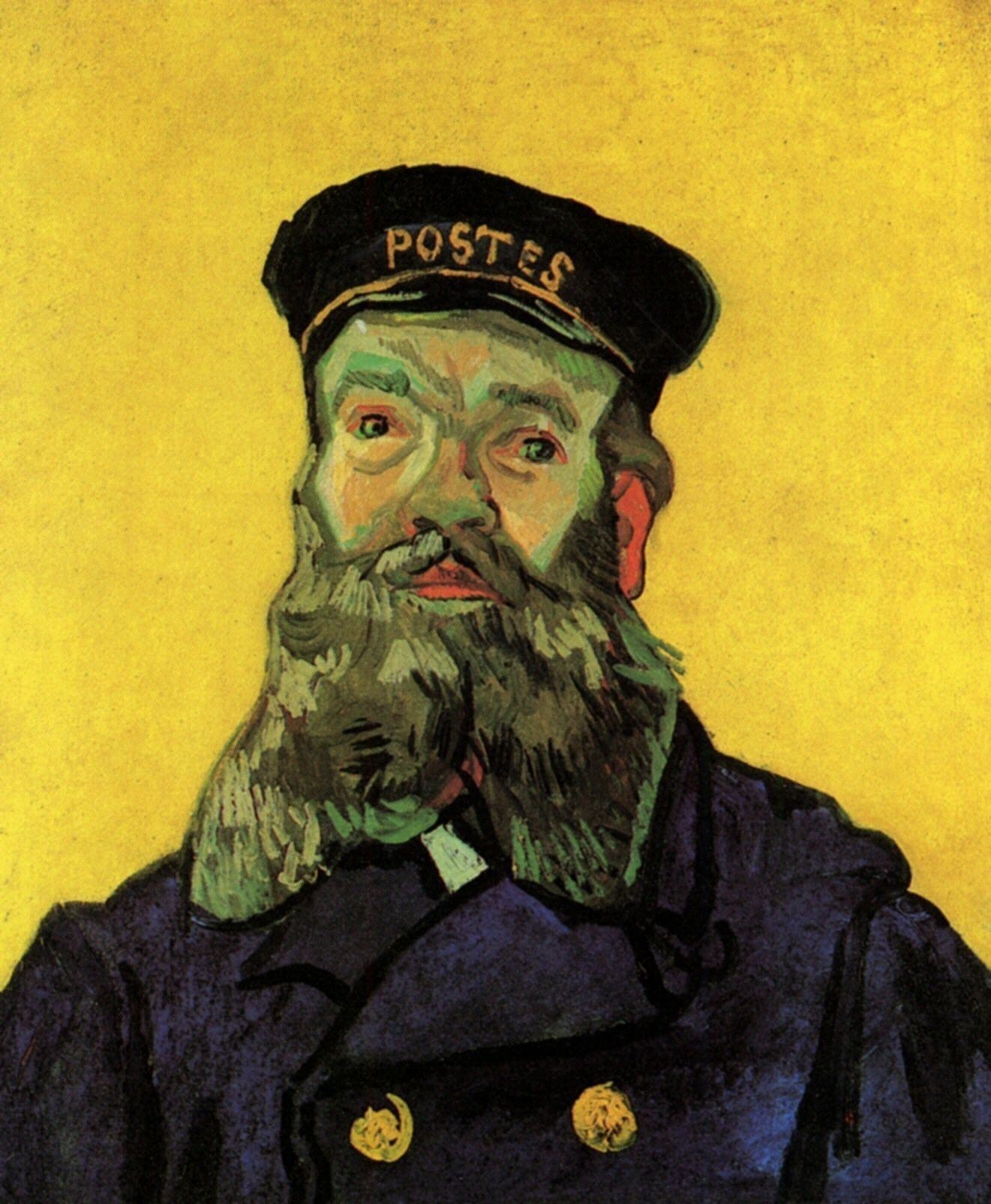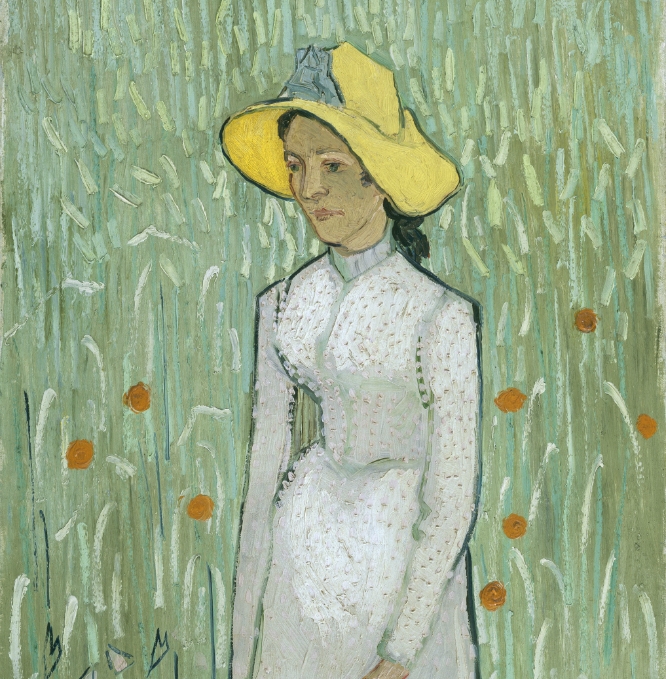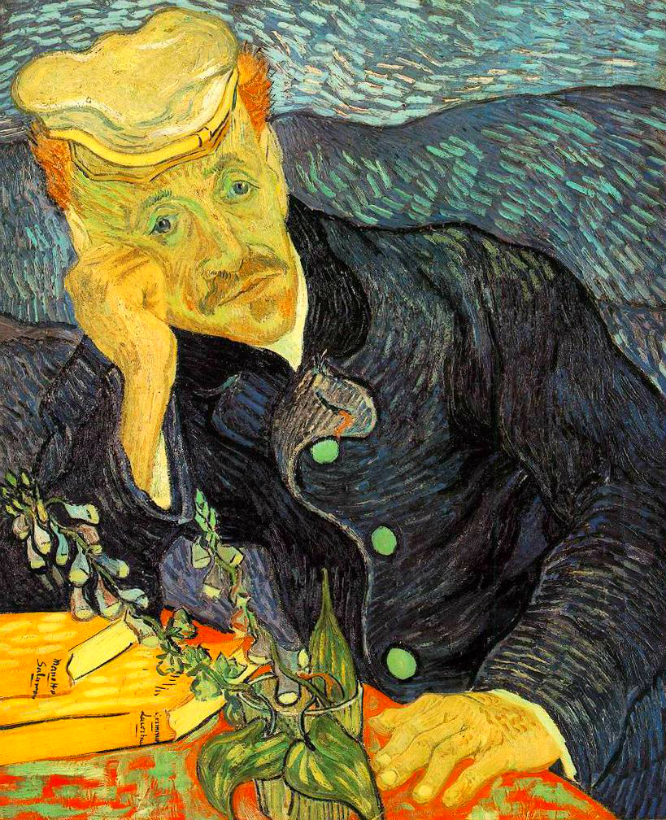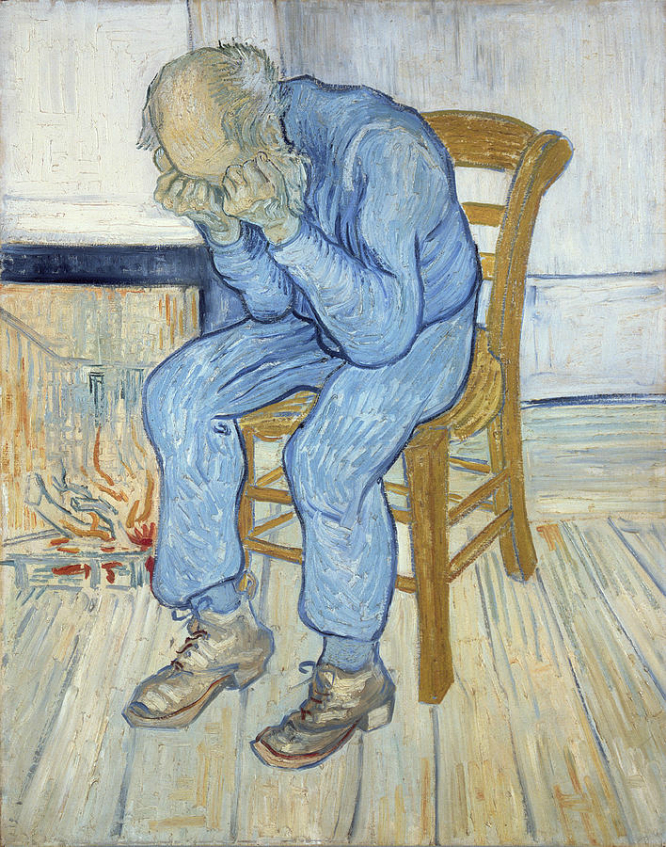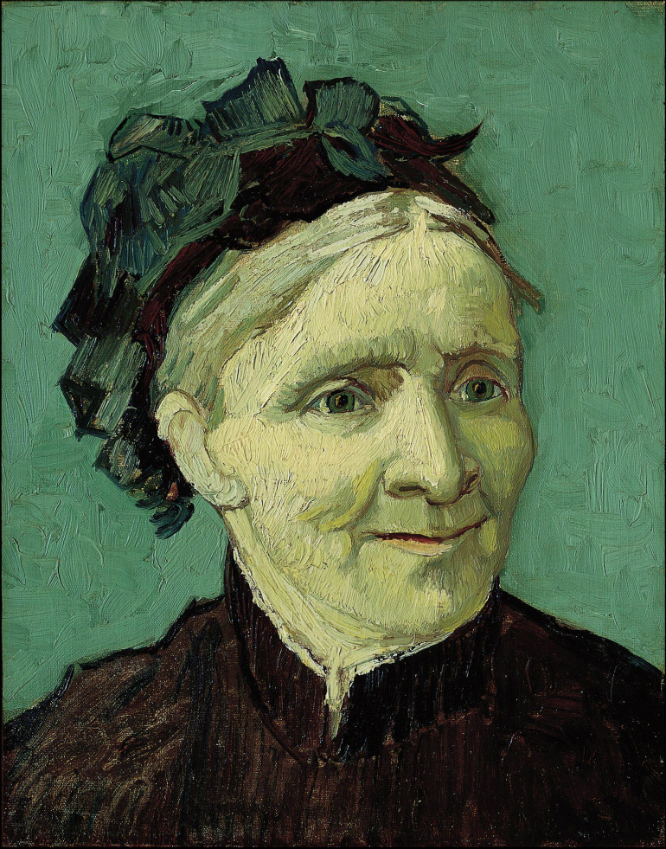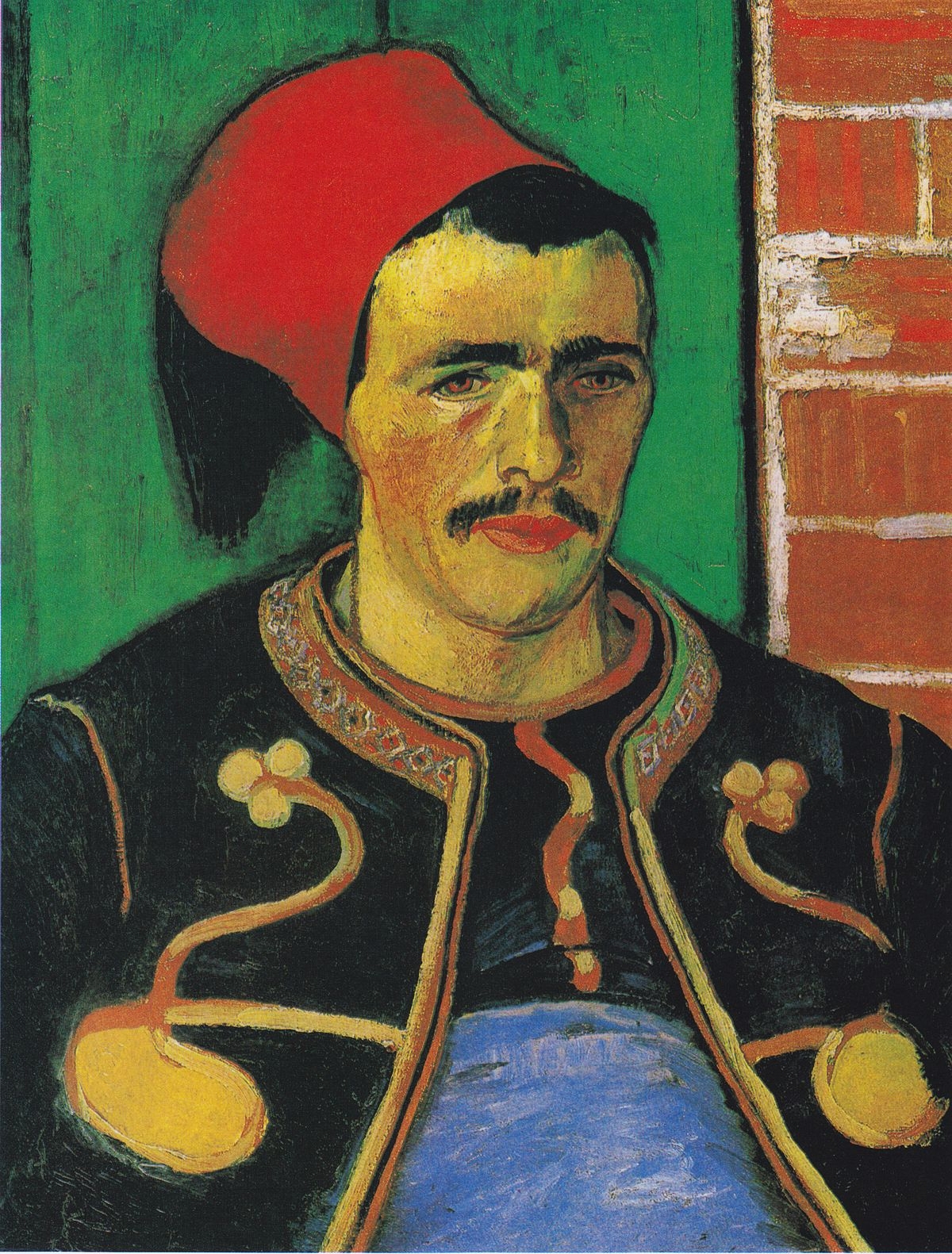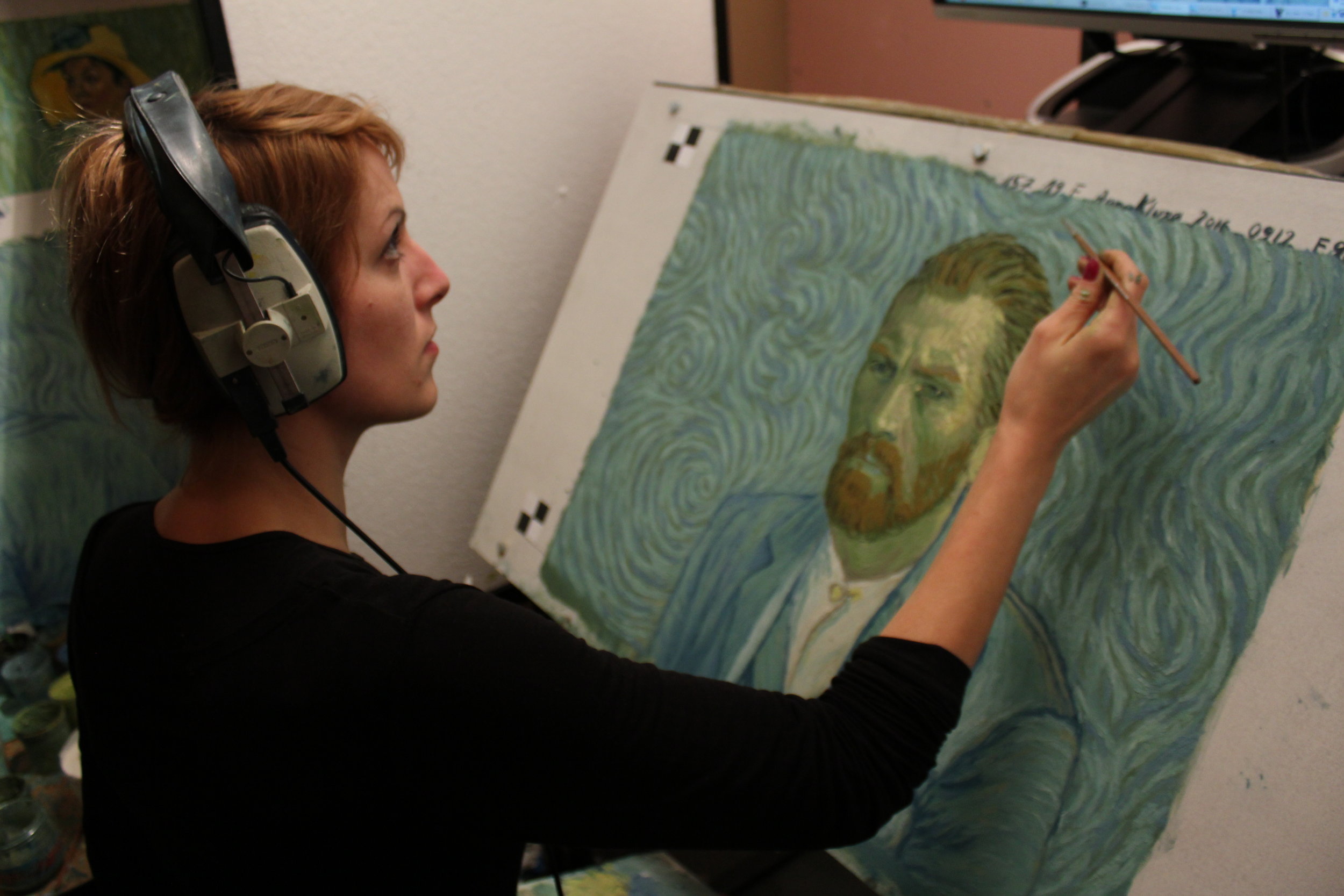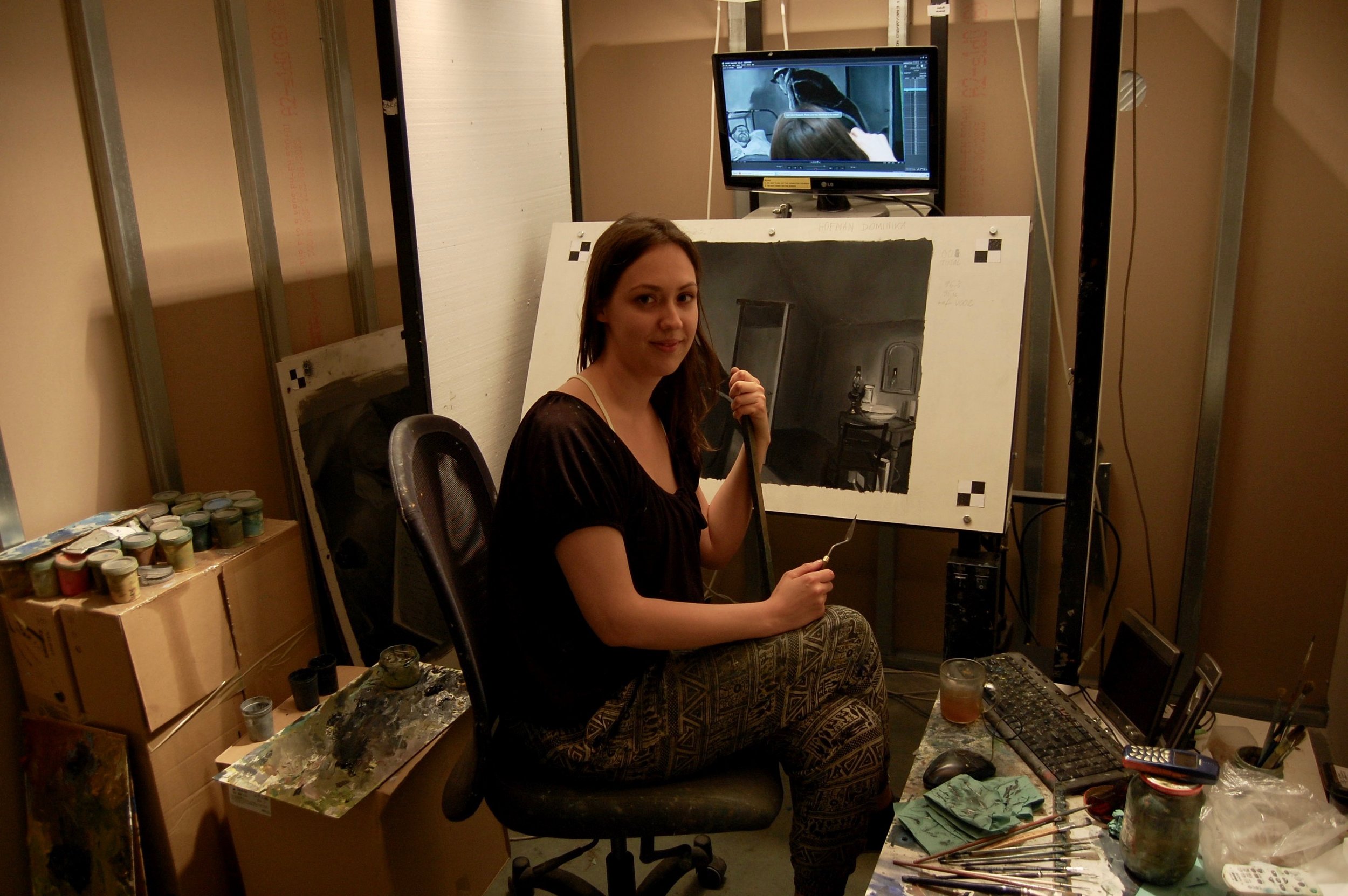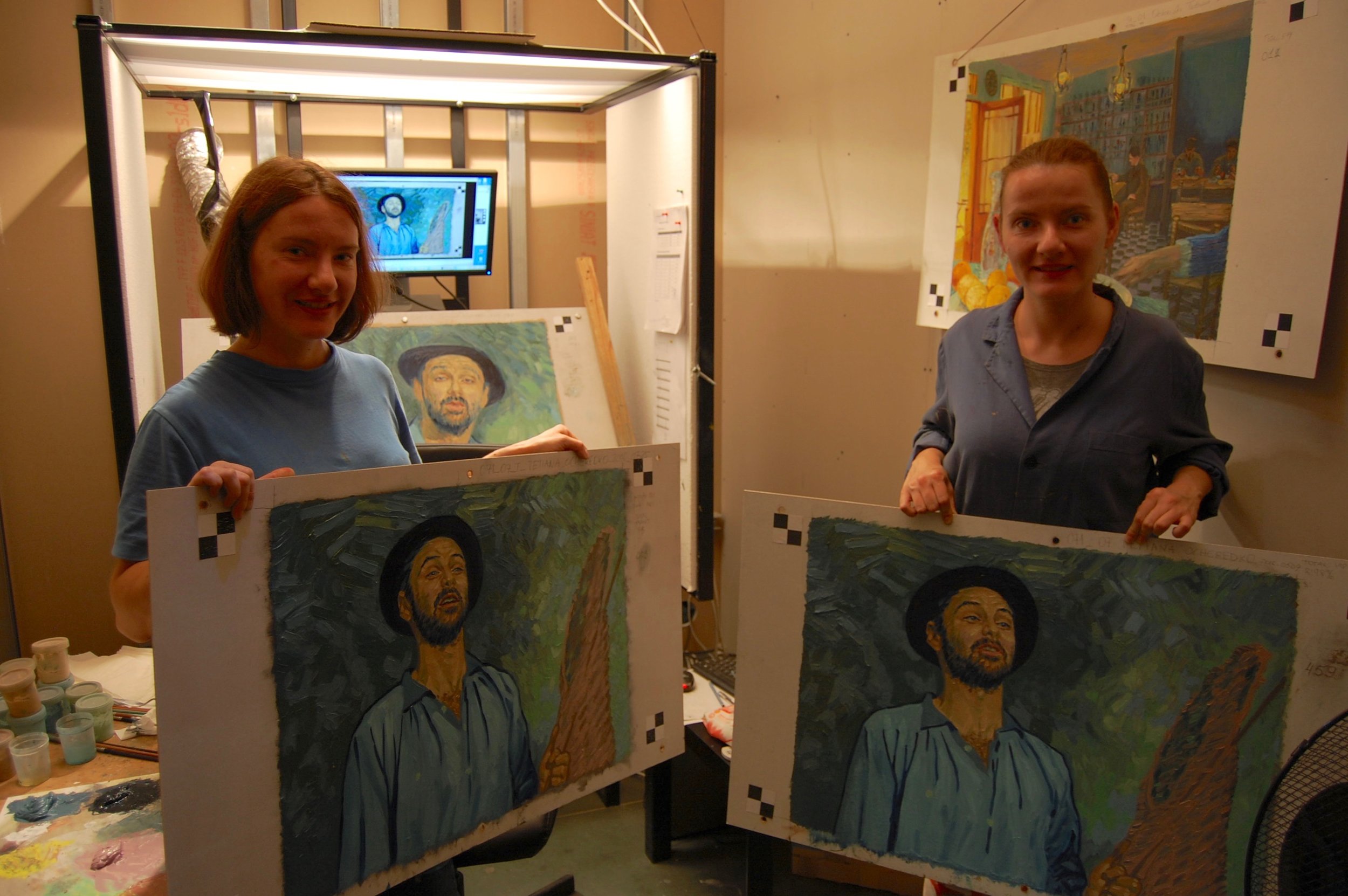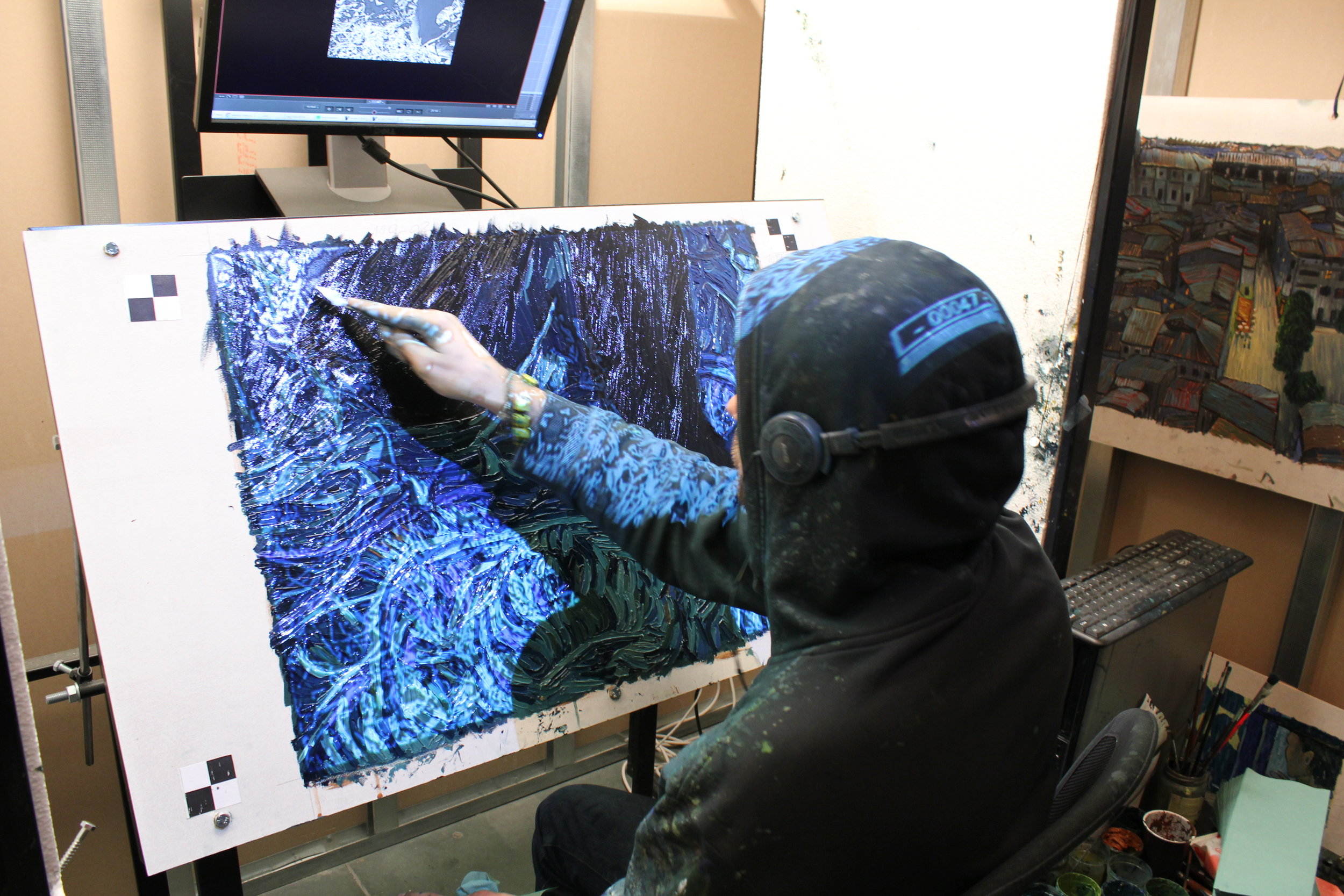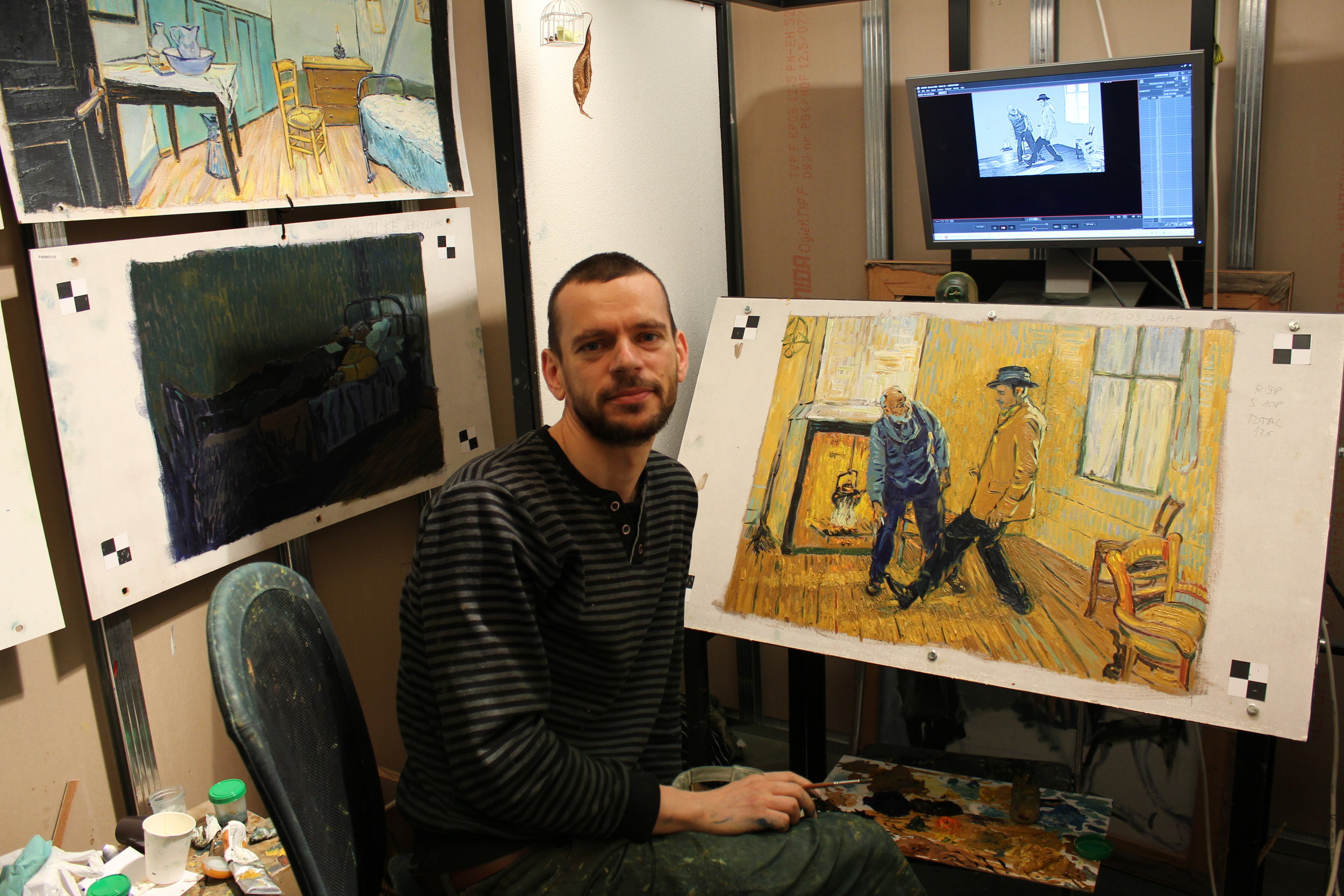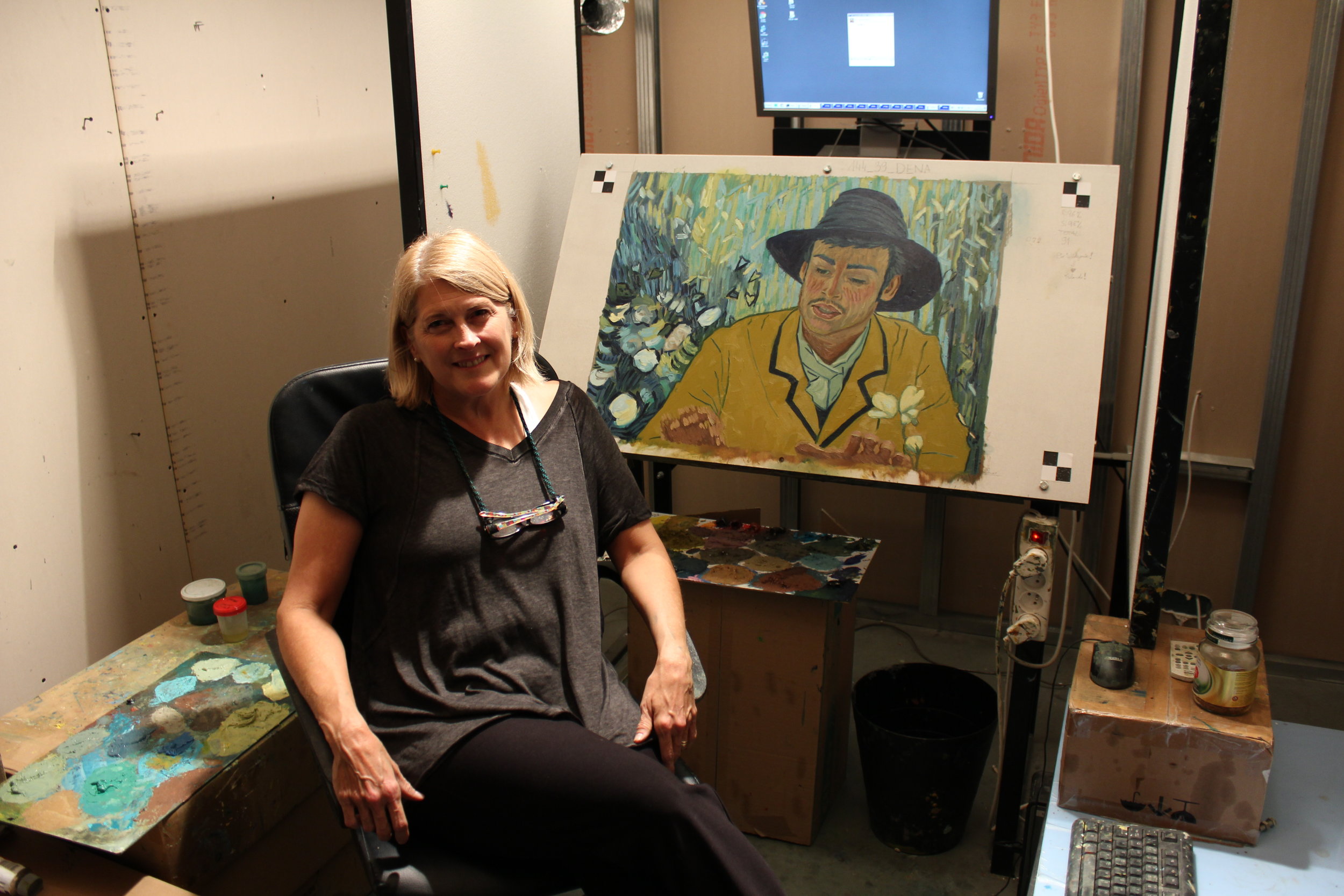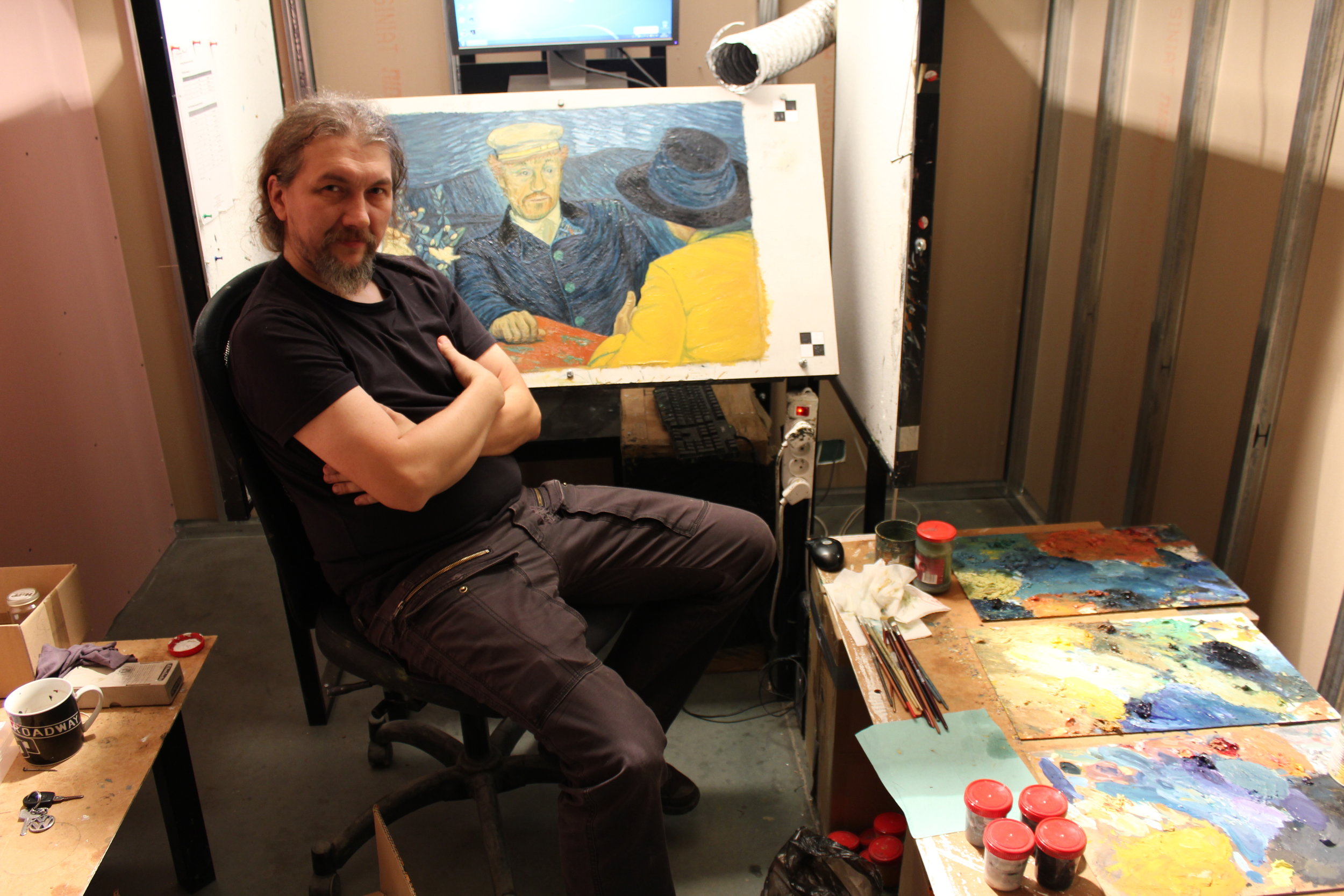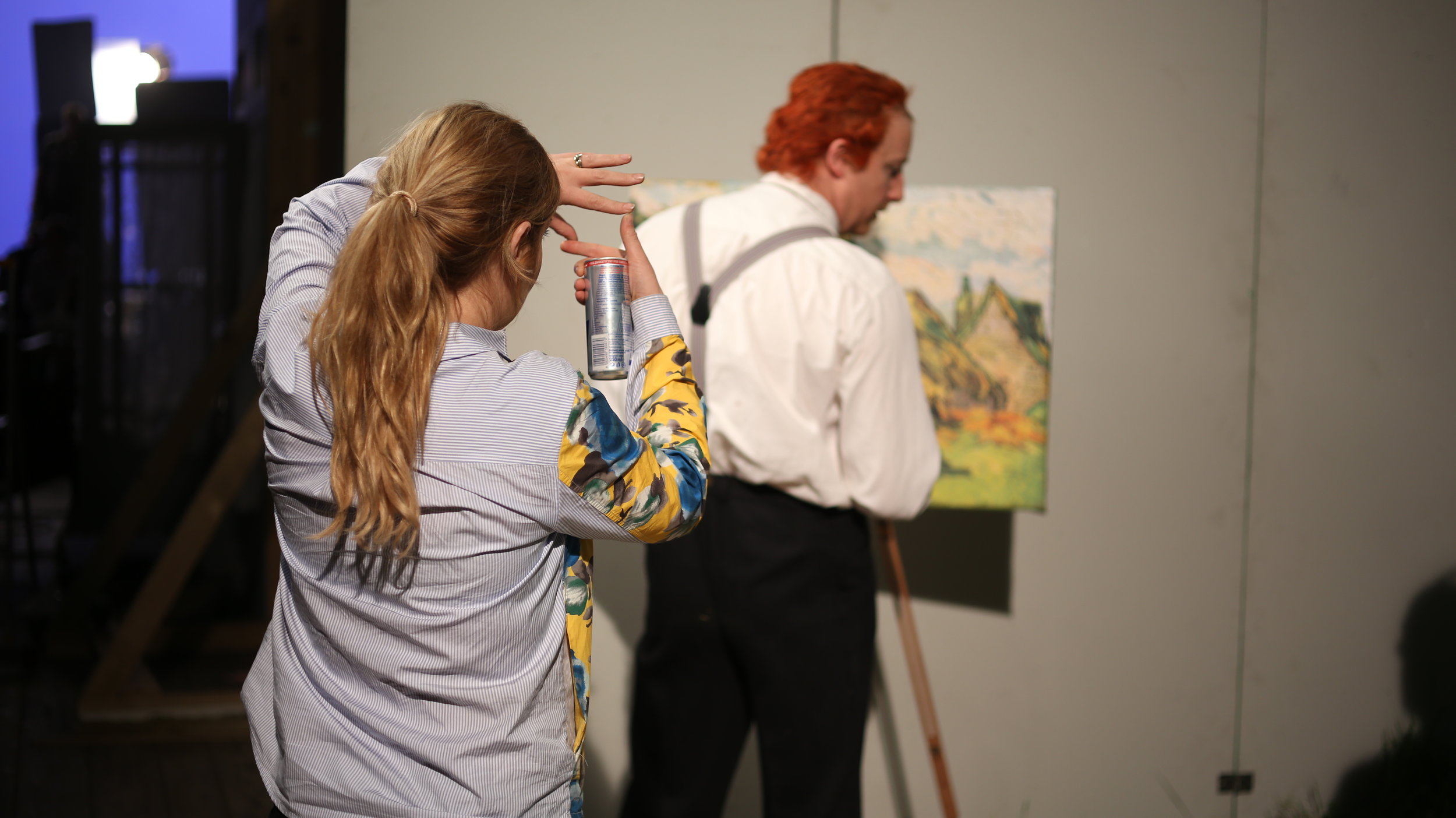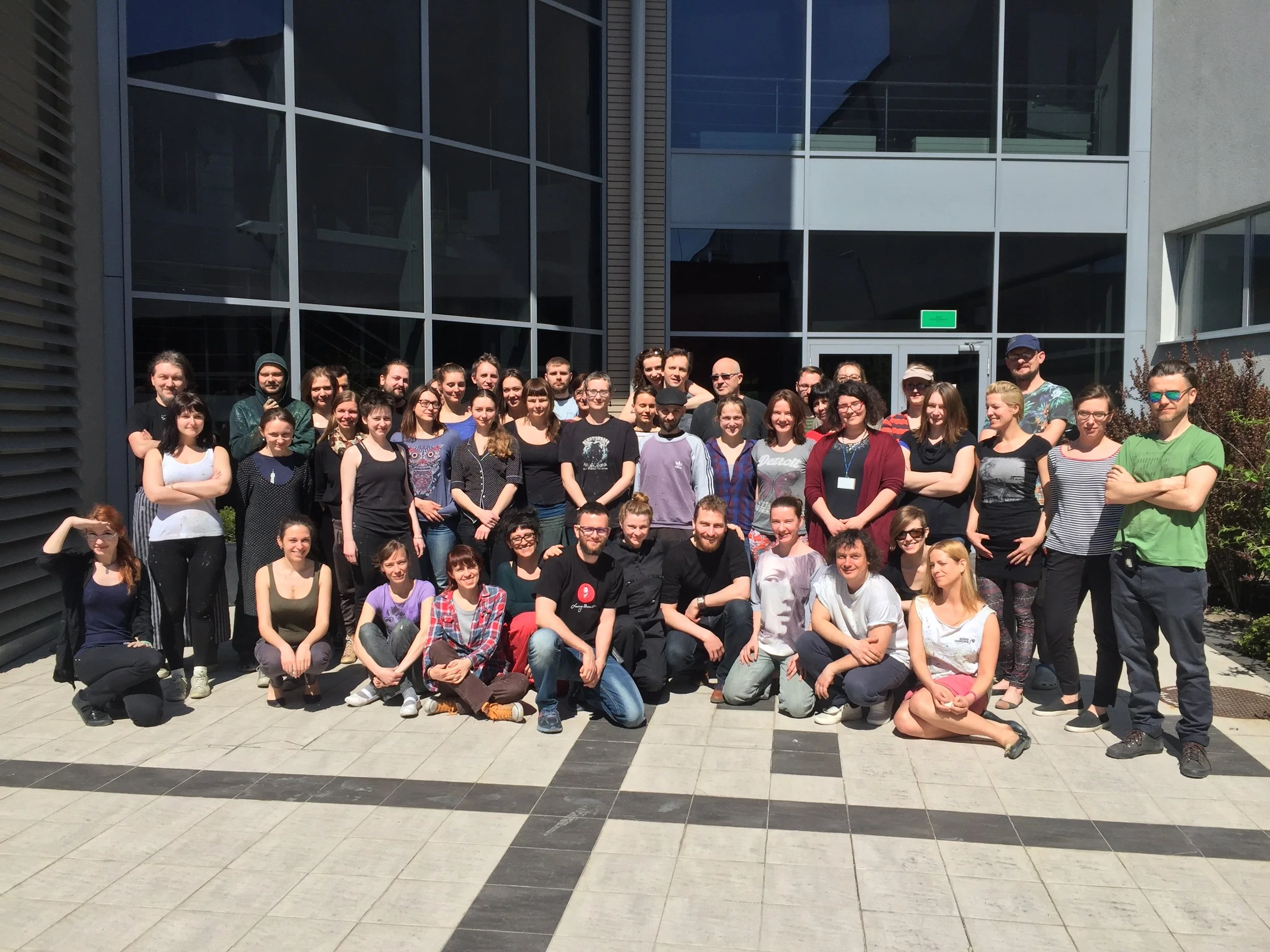Masterclass: I AM Christopher Nolan
Heath Ledger as The Joker in The Dark Knight (2008), directed by Christopher Nolan - courtesy of Warner Bros.
Award-winning Screenwriter, Director, and Producer, Christopher Nolan, presented a new 50th anniversary 70mm release of 2001: A Space Odyssey at the Festival de Cannes on May 13th, alongside members of the Kubrick family and his producing partner, Jan Harlan.
Nolan was interviewed about his distinguished career as part of a Masterclass 'Rendez-vous' conversation, hosted by French critic and historian Philippe Rouyer the day before - to a closed audience of industry press and cinephiles.
I AM FILM created the full transcript of the conversation to celebrate the 10th anniversary of Nolan's masterpiece; The Dark Knight.
PR: Thanks for being here. Thanks to Christopher Nolan.
So, let’s start by talking about 2001: A Space Odyssey, and then, we will talk about your career.
2001: Space Odyssey on 70mm trailer - "For the first time since the original release"
PR: My first question: You are here to present 2001 tomorrow night. Tell us how you first discovered the film.
CN: The first time I saw 2001 was when I was seven-years-old. It was the year after George Lucas’s Star Wars had come out. And, in the wake of the phenomenal success of that film, 2001 was re-released, and my dad took me to see it in the biggest theatre in London; The Lester Square Theatre, which had 70mm projection.
And I had this extraordinary experience that I’ve carried with me ever since; of just being transported, in a way that I hadn’t realised was possible. The screen just opened up, and I went on this incredible journey. And I’m very excited to be at Cannes. I’ve never been to Cannes before. It’s very exciting to be here, and very exciting to be trying to give a new generation of filmgoers the same experience I had; of sitting there in awe of Kubrick’s masterpiece on 70 mm film.
PR: Would you say that this film contributed to your desire to make movies yourself?
“I think what I’ve carried with me about that experience, as far as my influence goes, is really just a sense that films can be anything. They can do anything. What Kubrick did in 1968 is; he simply refused to acknowledge that there were any rules he had to play by, in terms of narrative.”
CN: And, if there was any such rule book: he threw it out the window and went his own way. And I think, any filmmaker being inspired by that—as so many filmmakers have been—they carry with them this this idea that, movies can do anything. And therefore, it’s incumbent upon us, as filmmakers, to try and push whatever boundaries we can, and not be beholden to a theoretical ruleset.
PR: How did you become involved in the restoration of the 70mm copy?
CN: Last summer, after I finished Dunkirk, we went into the lab with the Warner Bros. guys, to transfer seven of my films, onto a new home video format which is 4k, UHD with HDR.
And the way we developed to do that—because it was a new format and filmmakers hadn’t really used it much—we were sort of breaking new ground. What we did is: we installed film projectors in the room. So, we had a 70mm projector. We had a 35mm projector. We would project the reels, and then, would project the 4k material, and compare the two.
At some point in that process, Ned Price, who works for Warner Bros. (I think he is here somewhere), Ned said to me, “Oh, I have a couple of reels of an onset print of 2001. Would you like to take a look?” Myself and my DP were like, “Of course!”
We put it up without sound; just looking at the image. Looking at the picture—it was astounding. And Ned and I got to talking about how it was the 50th anniversary (the next year it would be), and the idea came of “Well, could we take the printing elements that were made back in the 90s (it was an inter-positive that was made). Could we make a new negative from that, and produce 70mm prints that would give the audience the feeling of the way in which, the film was presented in 1968?” And that’s what we’ve done.
Warner Bros. in North America; they had secured almost all of the 70 mm projectors still in existence for Dunkirk—for our release of that film. And so, kind of, the planets aligned. I suppose, an apt metaphor for 2001. The planets aligned, and we had, you know; the projectors. We had a way to make the prints.
And so, we’re putting it back out there. I think, Cannes—as the place to first give people that experience—it’s just a wonderful opportunity. And we’re all very excited about it.
Keir Dullea as Dave Bowman directed by Stanley Kubrick in 2001: A Space Odyssey (1968) - courtesy of Warner Bros.
PR: For this restoration: is it truly a restoration? Because, many say that. But, you’re saying this is not the case?
CN: Well, really, the reason I’ve been referring to this version of the film as the “unrestored version,” is because restoration—over the last 20 years or so—has become synonymous with digitisation. The chief reason for digitising old films is to clean up the analogue anomalies; the scratches, the dirt, and then re-output them. But, the problem is, you lose an enormous amount of information. You change medium, in a sense, when you do that.
So, we looked at the original negative. We looked at what could be done from it. And, it looked fantastic. And so, what we were able to do was go back to the original timing lights (from the lab notes), and just try to reproduce it as accurately as possible; the photochemical process that would have been done in 1968. Similarly, with the sound.
We went back to the six-track sound with the five speakers behind the screen, mono-surround, and we’ve reproduced that, with no interpretation; just as closely as possible to how those prints would have been back then. Digitisation is a valuable tool for restoration. But, we sort of want to bring to light the fact that it is a different medium; and films that were made and are being made in an analogue way, ought to be presented in an analogue way, as far as possible.
PR: The original format for your movies is also 70mm. Is this part of a contemporary American filmmaker club with Paul Thomas Anderson, to be able to exploit your movies in 70mm? Since you started, things have evolved. For example, laboratories are more inclined.
CN: I think the biggest change in this struggle—and it’s not really necessarily about 70mm, which is large format gauge, it’s also about 35mm, 16mm—it’s about film in general. The big change over the last couple of years has been that; it’s no longer presented as a combative struggle. It’s no longer “Film versus Digital” or “Analogue versus Digital”. It’s, thankfully, an increasing acceptance, that they are a different medium.
“Filmmakers who want to shoot digitally, should have that right. But, filmmakers who want to shoot on film, should be granted that right, as well. And, we need to maintain that infrastructure and make sure that that happens.”
And in the world of restoration, in the world of archiving—it’s increasingly important to dismantle some of the thinking that emerged over the last couple of decades—which is that if archives digitise their materials, that would then replace the photochemical originals—which no archivist really believes. But, for years, they could only get funding to digitise their archives.
What’s very important is that we recognise: whilst digital is a fantastic tool for access, for getting access to the history of film, for getting archival materials out there, there has to be a photochemical backbone for the management, and updating, and storage of photochemical film assets. We need that as an industry. We need it for the history of film, and we need it for the future of film, because film is the only stable archiving medium that exists.
PR: It’s important that creators are given the choice between digital and film. You are clearly on the side of film. Why? What is your interest in it as a filmmaker?
Behind the Scenes filming The Dark Knight feat. Christian Bale as Batman in Hong Kong (top of the IFC 1 Building) (2008) - courtesy of Warner Bros.
CN: Well, I mean, over the years—in defending my way of working—there are different ways of looking at it. I mean, you can talk about the technical side, which is; with analogue colour you have an infinite number of colour gradations, as opposed to digital, which is very limited in that regard. You have higher resolutions. So, you can have more detail that’s achievable, and so forth.
But, at the end of the day: it’s really about the feeling. It’s about the emotion that you get. And, I think, as an analogue medium, film still stands as the best analogy for the way the eye sees, that we’ve invented. So, for my purposes, I find it to be the most immersive, and the most emotionally involving tool, for drawing the audience into a story. Particularly, when you can maintain analogue—right the way through to the way they see the film.
So, with Dunkirk, for example, we had a very wide release, relatively speaking, on 70mm analogue film prints. Including our IMAX 70mm film prints; we had 138 film prints go out, which, for me, was a terrific way to see the film. We also had digital versions, which I was very proud of, and we worked very hard on. But, I think, where you can maintain the original analogue beauty of the film all the way through; I feel the best connection for the audience comes from that medium.
PR: On the sensory side, the viewer’s immersion in the IMAX version; isn’t that even stronger on 70mm? For Hollywood, it was at the time of The Dark Knight, I believe, the first blockbuster to put money into the format. It was not just for movies offered separately; for rooms specialising in IMAX. Suddenly, it was integrated.
CN: Yeah, I had first experienced IMAX film at museums. And so, I had seen documentaries done that way. Short documentaries about 40-minutes long, was the standard, you know, program length in my teens and I felt that this was the future of films. This felt like—if you could make a Hollywood film in that format, you would have an incredible tool for drawing the audience into a story because of the size of the screen—the way it can practically fill peripheral vision, (and) the clarity of the image. It was quite incredible.
So, it was something I had wanted to do for a long time. And, when we made Batman Begins, I was able to meet the IMAX guys, and get into a conversation with them about transferring that film—because they had started to transfer Hollywood movies onto IMAX film, so that it could be shown on those screens.
And so, we did that with Batman Begins, and that was the beginning of a relationship, that’s been going on ever since. And, with The Dark Knight, I went down to IMAX and I spoke to them about using their cameras. They’d never been used on a Hollywood film before.
BANK ROBBERY SCENE / THE DARK KNIGHT - COURTESY of WARNER BROS.
What we decided to do, was consider certain sections of the film, so the introduction of the Joker and the robbery; in the beginning, for example, or the chase where the truck flips over—these kinds of things—we’d say, “Ok, we’ll do that whole section using IMAX cameras,” and we really enjoyed it. We really felt that the end results were spectacular.
IMAX film is actually the same gauge as 70mm film. It’s 65mm, but—it’s sideways. So, you get a frame that’s three times the size of regular 70mm film frame. So, it’s incredibly high resolution, but, you need a lot of film. The film is very large. So, you could only get about 90-seconds of film on a handheld camera or a Steadicam shot.
So, it was a lot of planning that had to go into it. And we needed a lot of cooperation from IMAX in terms of giving us a lot of their cameras; so that we could load one, shoot with one, then, when that ran out, send that off to be reloaded, (and) pull the other camera in.
So, there were a lot of complexities to it. We loved it, though, and we’ve carried on working that way. And over the years, we were able to develop new tools with them; new lenses, faster lenses, and so forth. So, by the time we got to Dunkirk, we were able to shoot the entire film on large format 70mm, and most of it, a vast majority, actually on IMAX film and IMAX cameras.
And so, those film prints that went out, for me; they represented the culmination of a process or an ambition, that I had since I was about 16-years-old. So, I was very, very happy, to have finally been able to achieve that.
PR: It’s very interesting that this choice of film is outputted from staged options. That is to say that, compared to other actors of blockbuster directors, you want, as much as possible, to limit the digital special effects, and create most special effects and stunts, in front of the camera—therefore, using hard-built sets and not green screens, which changes the way actors evolve in real situations.
CN: I think those things are all tied together. In the sense of: if you’re working in an analogue medium, you become very aware when you digitise, and you record out the negative, and you compare—you can see there’s subtle variations. You know you’re always losing something when you digitise.
So, we tend to approach our filmmaking—myself and my team—from an analogue point of view, and say, “In a pre-digital world, how would we have dealt with this situation? How would we have hidden these wires? Or would we have built the set and built the top of the set?”
When it came to doing Dunkirk, in our desire and our struggle to maintain the original camera negative, and not have to digitise, we wound up doing things like; we constructed these fences of cut-outs of men. We would have two extras—dressed as soldiers—carrying 10 other extras who were painted. They would be far down the beach, we would dress them to camera, and they would be quite convincing.
Dunkirk (2017) - courtesy of Warner Bros.
Similarly, we had certain boats and certain trucks that were done as paintings—put in the background. These were techniques we had learned from art directors that we had worked with in our early days; who had worked on much older films. So, we went to these art directors and said, “What would you have done before you could just digitally fix it up?” And a lot of those techniques are cheaper than the digital techniques. They’re more effective, and they allow you to maintain your original negative.
So, once you’re thinking like that, I think, it translates into your whole creative process, and the process you create with your actors. And you start, naturally, providing them with things. And so, in the case of Dunkirk—I talk about that film because it’s my most recent—it’s the freshest in my memory—but, we’re on a real boat with real planes flying over his head, and we’re watching this really go on.
So, there’s a level of immersion for the actors, that allows them to apply their gifts not to creating convincing ideas of the reality around them—(but) the physical reality—they get to just react to that. And then, their process and their gifts can be applied to another level that you’re looking for from an actor’s performance; which is to look into the deeper meanings of the story, and the layers of human behaviour.
So, for that reason, there’s this analogue approach. I feel that in my process; it creates a closer bond between the actor’s process and my process, and we’re more together in what we’re trying to do.
PR: I also want to make a connection with something else that sets you apart from a lot of your fellow Hollywood directors. You refuse to use a second unit on your projects. It’s you who directs the additional shots, as you’ve said; you need this intimacy with the material because of all the planning that goes into the film.
CN: Yeah, I mean, when I started making studio films, it was very much the practice at the time that you would have a large second unit; which is another director directing shots that were cut into the film. Coming from independent film, I couldn’t get my head around that at all.
“To me, each shot, if it’s important enough to be in the film—you know, if it goes on that screen—I feel like I should be shooting it. So, for me, I like to say the screen is the same size; whether the shot is small, or the shot is large. It’s all storytelling information.”
The other thing I’ve learned over the years is: if you talk about inserts of an actor’s hands, for example, performing an act or performing an action, there’s performance in those gestures—and you can really see that. At any time, in any of my films, there’s been something where we’ve had to do it without the actor, or put an insert in, or whatever. It always bothers me afterwards. You never quite get that level of performance, that level of integration.
So, the idea of embarking on a film and sitting down with the producers at the beginning and saying, “Well, I don’t want to direct those parts or those parts”. I’ve never understood that. To me, if I’m the director; I have to be shooting all the shots that go in the film.
PR: What does it mean to you, that after your first independent film Following in ’98, you, yourself, as a screenwriter and operator, are among those who have mastered the technique perfectly?
Jeremy Theobald as the Young Man in Following (1998)
CN: I mean, I think it was Stanley Kubrick who said, “The best way to learn how to make a film, is to make a film.” And I certainly found that to be the case. I didn’t go to film school and I just have always made my own films. I started at a young age. And when you’re doing films just with friends, with no money, on a shoestring, you have to be able to do all the jobs.
Because, when we made Following, for example, we were just shooting on Saturdays. We all had jobs during the week, and so, not everybody would turn up. So, sometimes, you’d be recording sound, and sometimes, you’d be shooting the film. And you know, you really had to know a bit of everything, because, you didn’t quite know who your crew was going to be on the day. And, it’s a wonderful way to learn everything.
The larger the films have become, I think, the more I’ve been able to appreciate the learning that I did by doing. And I know enough about every job on set, to sort of be a pain in the ass to everybody, just enough to not say, “I can do your job,” but, just to give them an idea that I’m paying attention to what they’re doing, and that I’m asking for a particular approach. It gives you confidence as a filmmaker.
“I recommend it to any young filmmaker starting out. Just try everything. Try recording sound, try shooting, try lighting, try a bit of everything—except, maybe, acting. But, if you can get your head around all those different disciplines; you don’t feel quite so at the mercy of your crew.”
There’s an interesting relationship as a director between yourself and the people who work for you on set, which is—they are looking to you for leadership and guidance. I think they also want to feel like you care about their job. I think, one of the ways of showing someone that you care about their job; is to know about it and be able to engage in a conversation with the sound department about microphones, and which microphones they are using, and things like that.
PR: You did not go to film school. You made movies in your youth with your father’s camera. And then, after 16mm films, three official short films. We know very well that you shot movies in your younger years. But, you did not go to film school and chose to study at the University College of London. Was the idea to be able to work on set more effectively?
“Well, I mean, just to be clear: I didn’t go to film school because I couldn’t get into film school. ”
CN: But, no, actually, my father told me—when I was trying to decide what to do at university, my father knew that I wanted to be a filmmaker—but, he advised me, he said “Go and, as he referred to it, get a real degree in a real subject, so you’ll have that to fall back on. And then, you can go to film school afterwards.” Which turned out not to be the case.I studied English because that was the academic subject that I was best at and inclined most towards. But, what I found as I studied it, is that it greatly informed my filmmaking process, my writing process. I started to become more at ease with a lot of the literary concepts that underlie film criticism, in particular.
You know, there’s a notion of, as a filmmaker, that you have to struggle with; to do with the authorial intention of a piece, versus the way people interpret it. And I think as a younger man, I struggled greatly with the idea that if somebody hasn’t consciously placed something into a work; then that interpretation must be invalid.
Studying English literature and talking a lot about it, I started to become more at ease with the idea that filmmakers, storytellers—they grasp evocative symbols. They grasp resonant imagery. And the reason these things are evocative and resonant is that they do have other layers—subconscious layers of resonance, that the reader, or in this case—the film, the filmgoer, can pick up on, and interpret in their own way—and that is a valid approach.
That was something, in retrospect, I very much needed to learn, and get on board with. And I got my English degree. I couldn’t get into film school and I started just making my own films, on 16mm. And I think, in retrospect, that was fortunate for me. I think I was better suited to just making films and learning from that, then I would have been to learning in a more formal structure.
PR: So, maybe we are looking at it today—with the eyes of another movie, to see that you set up the principle of time and illusion, compared to the viewer’s perspective, and also the principle of being immersed in a story, which has no distance.
CN: I think, in retrospect, and certainly, none of this is planned, as I don’t think any filmmaker can plan a career or how it’s going to develop. When I look back at Following, I think it was an ideal starting point for me, because of the way that film was shot. It’s entirely hand-held camera, you know; I just had it on my shoulder. It’s black and white. I really just took the view of using existing light, wherever possible.
I would follow the actors around and we would begin to rehearse the scene. We rehearsed for months and months, before we shot anything, because we didn’t have the money for more than a couple of takes; one or two takes. And so, we would stage the scenes in a very spontaneous way, where the actors knew the dialog. They knew the scene incredibly well.
We would go to the location and they would walk it through. And then, I would just follow them with the camera. And I think that was the right approach for me and set me on the path of always thinking about and considering the point of view of the storytelling. Where is the camera? Why is the camera where it is? So, just naturally—I started off on this journey that I’ve continued of always trying to think in three-dimensions. Not look at the shot as a two-dimensional picture; but look at where everything is in a three-dimensional space.
Christopher Nolan directing Christian Bale in The Prestige (2006)
“That’s why I don’t use a monitor on set—to this day. I just stay by the camera because I want to see where things are in three-dimensional space, and then, place the camera according to my idea of what the point of view is. And I like to try and align the audience quite closely with the point of view of a character within the film. That feels like the most natural form of storytelling to me.”
And it’s very well suited to the genre that I started in; which was Neo-noir—you know, Film Noir.The idea of a narrative that’s a maze or a labyrinth, and the idea that rather than being above that maze and watching the characters make mistakes and wrong turns; you would enter into the maze, kind of looking over their shoulder, and make the wrong turns with them, and find the blind alleys with them. That’s really an approach that I’ve—in different forms—I’ve carried on using through(out) all my films.
PR: Your next new film: you will continue to be a screenwriter and you will allow the direction of the picture to continue within the film’s editing. But, it’s clear that you are very specific in your operations; therefore, would you agree that, like François Truffaut, you write the film three times with the script, then while shooting, and again when film editing?
CN: I think I would absolutely agree with Truffaut’s sentiment about re-writing the film. I suppose I would say, “Yeah, you have three chances at the narrative. You have it at script stage. Then, you have it in the shooting, and then, in the edit, and then—you do that version.”
And I’ve always been surprised how the process works, in that, when you come to shoot the film; you feel every day that you are changing, and expanding, and moving away from what you planned at script stage. And then in the edit suite—you feel like you’re making all kinds of discoveries and things, based on what you did shoot, and based on the interaction between what you shot, and the script you wrote.
But, in my process, there’s always this sort of slightly surprising moment, when I watch the film and I realise that I’ve actually made; pretty much the film that I said would, when I set out on the journey. And there’s some satisfaction in that; that you didn’t stray too far.
But I think that, in the making of it, that feeling of discovery that the actors are bringing you, the different heads of department are bringing you, that mother nature is bringing you—with weather or what have you—that’s essential to your energy, that’s essential to your creative energy that you feel you’re every day—kind of, reinventing what the film could be.
And I think you are exploring these possibilities to a degree. I think the skill of the director as a craftsman, is to be able to maintain that feeling, while still staying within the realm; on the rails of that original plan that was made on the page.
PR: Your second film, Memento, in 2000: manoeuvring the journey of the montage—you wanted to tell it in reverse. So, I believe you would need very accurate editing.
Guy Pearce as Leonard in Memento (2000)
CN: The structure of Memento is intensely linear. It’s often referred to as a non-linear film. It’s not. It’s intensely linear, but it runs backwards. And, for that reason, you couldn’t eliminate a scene. You couldn’t change the order of scenes. So, that had to be—I had to do that at script stage—that had to be laid out in the screenplay.
And then, when we came to edit the film; it was more about pacing and rhythm, within the individual scenes. But, actually, with the variety of the non-chronological structures that I’ve employed, quite often, what I find is, you do have the choice to combine blocks of scenes. And so, I think both with Following and with Memento, and then later, actually, with the first active Batman Begins, one of the things we did in the edit suite is; we lengthened the blocks of the cross-cuts of the first set of cross-cuts. And the reason was, in screenplay form, quickly dividing the material sort of helped the reader get the structure, and it worked better on the page.
But in a movie theatre, you need the audience to settle. If you confuse them too much or if there’s imagery that’s too unrelated, then, they can’t find the connections between it. For the first few minutes of the film; it tends to wash over them, and they tend to ignore the important information in there. And so, with all of those films, we wound up slowing down the rhythm of the cross-cuts in the first, two, or three cycles, of whatever the structure was, and that was certainly the case with Momento.
PR: So, it’s true that you told Memento in reverse. That works very well, since the hero (for those who need a reminder) having lost his memory, doesn’t know he just did. The sequence was created so that the viewer doesn’t know he did either.
Was this the best way to immerse the viewer within the skin of the hero? Because, what we sometimes forget to say about Memento is there is a second narrative in the order of history; which is in black and white. The story is constantly changing from colour to black and white, that finally, we end up with a kind of alternate editing, that is going to be very important in cinema and beautifully exploited within Dunkirk, years later.
CN: Yes, I mean to say that, “the film plays in reverse,” is an oversimplification of the structure. The colour sequences are in the reverse order, and the black and white sequences are in forward chronological order, and there’s a sequence at the end where the two meet. And the picture changes from black and white into colour.
And that was one of the important choices we made about how to identify, how to orient the viewer with the material they were watching. So, we needed those black and white scenes. We used the black and white to try and constantly remind the audience; that they are in a different section of the film.
The danger with that is, it’s self-conscious; it draws attention to the filmmaking process. I enjoyed that technically, because you would constantly refresh, you know—the colour of the film. You would sort of come back to it. It would pop up again throughout the film. And that was something aesthetically; it was very much enjoyed. But, I think anytime you’re dealing with stylisation like that, you have to weigh the benefits versus the risks.
The benefits being: helping to clarify, classify the different narrative elements of the structure. Really, the down side being: you’re constantly reminding the audience that you’re watching a film. The danger is, they step out of the film. And so, it’s one of those things you have to sort of weigh up. And, in the films I’ve done since then—with parallel structures, with linear structures, or worlds you may want to differentiate—I’ve actually wound up trying to do it not through technical process, with the photography.
I mean in Inception, for example, with the different layers of dreaming—we had different weather. So, there’s rain in one level of the dream, there’s snow in another. And so, rather than do it with a photographic technique; trying to build it into the mis-en-scène.
PR: So, with your brother, actually, there are six of your movies that you wrote with him until Interstellar. How do you work with him and how has the collaboration evolved?
CN: I’ve, I mean, with my scripts and my process, some of them I’ve done on my own, some of them I’ve done with other people—particularly with my brother, Jonah. And our process, writing together, has been different on each film we’ve done.
In the case of Momento, I wrote the screenplay myself. But he had written a short story that he was still working on, as I was writing the screenplay. And so, that screenplay I did on my own. But, you know, I would show it to him and we would talk about it.
The Prestige is the first time we really worked together fully. And that one was the case of him going off while I was making another film, spending years trying to crack the first draft of that, and really get it to somewhere filmable. And then, I took it on afterwards and re-wrote it somewhat, but working from his script.
And then, in the case of The Dark Knight Trilogy, quite a lot of that was done with the two of us in the room together. Throwing ideas around and writing more in the room together. And sometimes, not in the room; but in the back of cars, on boats, or planes, or wherever we had to be—while we were making the film. So, the process evolves.
Interstellar was a project that he had written originally for Steven Spielberg, many years before. And so, I took that screenplay and combined it with ideas of my own, and I wrote it in a different way, while he was doing other things. He was very productively engaged in the world of television; as he still is. And so, we’ve worked in different ways over the years. And that continues to evolve. Assuming he’s not too busy and I can get him to work with me again... But, we’ll see.
PR: Now, a very important person in your career is your wife, Emma, who, since your first feature film, has worked as your producer. Do you like working with family?
CN: Well, she’s not here—so, I can be very candid. No, I love working with family and friends, and people you’ve worked with for a long time. I mean, Emma is my longest and closest collaborator, and she’s produced in various forms, all of the films I’ve done.
It’s great to be able to work with people who don’t have any agenda—other than helping you make the best film that you can. And it’s surprising how difficult it is to forge those relationships; in a business context. And so, where you’ve had the pleasure of working with people where money and business and everything wasn’t even a part of what you were doing—it’s wonderful if you’re able to hang on to those relationships.
There are a lot of people, like the composer David Julyan; who I’ve worked with for years, who is a friend from college. Various people like that who I work with. I’ve worked with the Director of Photography, Wally Pfister, for many years. And Momento was the first film we did together; which was a very small film.
There’s an ease of communication that develops, and there’s a trust. You know, when people are around you who only really want the best for the film, and you know that; when they tell you, “You’re wrong,” or “You’re doing something stupid,” or “You should lower the tone of your voice,” or whatever they happen to be telling you—you tend to pay attention.
And it’s very, very valuable, to have those voices around you. And so, particularly with Emma, obviously, it’s been wonderful working with her. It’s been very productive. How she has balanced that with the rest of our lives; our kids and everything, I’ll never know. But, I’m very glad that she’s found a way to do that.
PR: It’s interesting that you are very attached to this environment of trust, of family, friendship on your set—qualities which your characters are deprived of. What I like so much in your cinema, beyond the mise en scène, is their emotional quality. If we look at your first films, Momento and for example, The Prestige, we are faced with characters who face mourning and widowhood, and we share this with them.
CN: I think I started off in the Noir genre—as we talked about earlier—and that is a genre in which you define character through action. People can talk about who they are and what motivates them, but you don’t trust them. You wait and see what they actually do; what they do to each other. And that’s essential to the way that genre works. I think that’s the strongest form of characterisation.
“And I think in various ways—all the films I’ve done have relied on that Film Noir dynamic. Whether it was a science fiction like Interstellar or Inception, or action films like The Dark Knight Trilogy. There’s always an underlying Film Noir dynamic. There’s always this question of; let’s judge the characters based on what they do, rather than what they say. And I’ve always enjoyed that, that form of characterisation.”
And that’s a form of characterisation that draws at base-level; very specifically on an exaggeration, on an extrapolation of our fears, and our own wishes and desires. So, the figure of the femme fatale, the revenge fantasies, these things; they are exaggerations of our everyday lives and our everyday concerns.
So, I suppose, it’s logical that somebody who is concerned with having people around that I can trust to help me do my work—I mean, clearly, I’m somebody who is terribly fearful of betrayal. And that speaks into the work. And that’s how you create an effective and compelling melodramatic scenario.
I’m someone who mercifully has had a relatively untroubled life. And so, you’re not making films about your own direct experience. You’re trying to build something from that—from what you understand of life—but take it into a more universal, a more melodramatic realm. I mean, melodrama in English has quite negative connotations. But, it’s the best word I can think of to best explain this process of the exaggeration of our fears and desires.
PR: I’m going to ask if it’s the melodrama that brought you to the character of Batman more than the actual idea or interest in a superhero, because ultimately, in the character; the one that you staged it from, Batman Begins, there is still guilt, there is the fear of bats.
Christopher Nolan directing Batman Begins (2005)
CN: Well, I think it’s that primal aspect of the character of Batman and the origin, which hadn’t really been addressed in films or even really in the comics, very specifically. That is what drew me to the character; what made me feel that I knew how to tell that story, because it’s a very noirish story. It’s very much a thriller, yes—it’s a superhero film. But at base level, it’s based on these ideas of guilt, fear; these very, very strong impulses that the character has.
And, of course, the thing you always have to remember about Bruce Wayne/Batman is that; Bruce Wayne doesn’t have any superpowers, other than extraordinary wealth. He’s very, very rich, so, he can build a lot of things, and so forth.
But really, he’s, as I’ve always said about the character; he’s just someone who does a lot of push-ups. He’s, in that sense, very relatable and very human. And I think that’s why I gravitated towards it; because there are stories that are massively operatic and appealing in their universal nature, in an operatic, larger-than-life nature. But, they are based on very, very, relatable human beings. And in particular, the figure of Bruce Wayne—who I think is, a very fascinating, a very primal figure— at the heart of this fiction.
PR: Did you choose which super villain he was going to face, what story you wanted to tell (and after you drew from the comics,) what villain you would make him face?
CN: Yeah, I mean, the three films in The Dark Knight Trilogy are to me: they are different genres. Each film is different genre, and they tend to be defined by the villain. The first film is the origin story. It’s the hero’s journey. And so, the villain of Ra’s Al Ghul; you know he’s an appropriate adversary, he’s a mentor turned enemy. So, for the scale of the story we wanted to tell, that made sense.
The Dark Knight, for me, was always a crime drama in the mould of like—a Michael Mann film like Heat, or something. So, the Joker was the ideal adversary, essentially a terrorist, essentially an agent of chaos, and set lose in the playground of this large urban environment.
And then, when we came to do The Dark Knight Rises, it was important to change the genre again. And so, we chose really the realm of almost the historical epic, the war film, in a sense. And so, Bane; as a sort of militaristic foe, fit that. So, we used the villains to try and help define the genre that we were working in.
Tom Hardy as Bane in The Dark Knight Rises (2012)
And with the three successive films: we sort of scaled up the genre every time, in a sense. So that, by the time we’re dealing with The Dark Knight Rises; we have a cast of thousands, and we have a very long time-scale. And those considerations were very important to us, you know; myself and David Goyer, Jonah, Emma—my collaborators. We spent a lot of time thinking about that, because every time you go to do a sequel—and when we did Batman Begins, we hadn’t planned to do a sequel—we didn’t know if we would get to make another one.
It’s really about if you’re going to go back and try and build on what you’ve done; you have to have somewhere to go. You have to have somewhere you think will be related to what you’ve done, but, will advance it somewhere else. And so, shifting genre and shifting the nature of the antagonist, felt like the way to take the audience on a different journey, and tell them something different about Bruce Wayne.
PR: So, with the second Dark Knight, with the police officer, it seemed like you had a moment when you wanted to make a James Bond film. Was there not some other way to make your character less James Bond, than to say that the character is who he is, (in thanks to his great fortune,) and he has to face a super terrorist?
CN: I mean, as far as a relationship between my films and the James Bond films goes—The Dark Knight films; we mercilessly pillaged from the Bond films, for certain aspects of how to make Bruce Wayne—as a character in his own right—compelling. And then, that transition into Batman, or that series of transitions into Batman; of possibly going back and forth.
So, you know, having a character like Luscious Fox, played by Morgan Freeman, was very much like Q, and the gadgets, and so forth. That was sort of our way into that. But, I think that if I made my version of a James Bond film, Inception is more guilty of that, than The Dark Knight.
PR: I wish to compare Inception in closer parallel to Interstellar. Would you consider these as a trilogy of their own? The creation of imaginary worlds where Inception represents the mind; since we enter the dreams of people. Interstellar is a vision of the future and Dunkirk; the past. But at the same time, there is a re-creation inside of that. It’s as if there was a mise-en-abyme of who the director is — you are a creator of a world, of people, and at the same time— a storyteller.
Dunkirk OFFICIAL TRAILER - courtesy of Warner Bros.
CN: Well, I think when you’re working on blockbusters—when you’re working with large budgets on Hollywood films—one of the great joys of working in that arena is the concept of world building—is the concept of physically constructing a world for the storytelling to play out. And, as you say, each, the three of the films, have different worlds that are constructed in different ways.
The utility of that, though, other than the pleasure of the craftsmanship, and you and your team sort of creating a world; it really has to be about what that allows you to do as a storyteller. And I think, just as the superhero genre in The Dark Knight Trilogy allowed me to address quite a few things that might not fit into a different type of film—a more dramatic film for an audience—you can take audiences places with that genre, that you wouldn’t be able to otherwise.
You have to use genre and use the world of the film, to try and take the audience in a different direction; than maybe you would be able to, in a different world or in a different genre.
“In their own ways, I think, yes, Inception, and Interstellar, and Dunkirk; they each use the relationship between the world of the film and the point of view that you’re adopting of, which character, and how you’re guiding people through that world, to try and, I suppose, in sense, reignite or reposition certain genre elements for the audience—to make them see it in a fresh way.”
In the case of Dunkirk, it was a very strenuous attempt on my part, in writing the script, and then, in the way we made the film; to try and immerse the audience in the action; to try and give them a different point of view then they have had before, on that type of film, that type of genre. And, you always have to be mindful of the expectations and the associations of the audience with that genre, or with that world you’re creating; if it’s one that they have a handle on or feel familiar with.
So, for example, in the case of Inception, we used the conventions of the heist film to orient the audience in what might otherwise be a very confusing story. To some people—it was a very confusing story. But our attempt was to use the mechanics of the heist film, which are very familiar and comfortable, to try and take them to a more interesting place.
PR: There’s still a lot of things to ask you because the work is exciting and good. Unfortunately, there’s only time for one more question for you.
This idea of immersing ourselves, an immersive viewer, there is something very important we have not yet spoken about today— sound. Where you go the furthest with sound, (in my opinion,) was with Dunkirk—it blew me away—especially in the application of sound and music.
CN: Over the years, I’ve tried to experiment with different combinations of using the sound effects and the music, in concert with the image. In the case of Dunkirk, what I decided to do was, at script stage—to try and really write the script according to musical ideas, so the structure of the script is based on a concept from music called a shepherd progression or a shepherd turn— which is a series of ascending notes on a scale, that by emphasising in volume, different elements of the scale, it can continuously go up like a corkscrew-effect or a barber shop pole. It’s always rising.
I actually wrote the script in such a way that it was mocking that structure. So that, as one storyline is peaking, another one is building, and the third one is just starting out; so that there’s this continual series of these ramps of intensity, throughout the film.
And so, with Hans Zimmer and his team, who did the music, we, very early on, sort of experimented with rhythmic patterns and shepherd progressions in the music; these rising tones that would constantly reinforce the structure of the script. And so, really, it was all based on a recording I made of a watch that I have, that has a particularly insistent ticking.
Supermarine SOUNDTRACK by hans zimmer
We use that sound, as the first sound you really hear in the film. And then, Hans and his team built all these different rhythmic tracks from it, these different variations on it; so, it could run as a literal ticking clock, the whole way through the film. So, really, the entire film is one long music cue, with two tiny pauses.
And the idea was to have a marriage between sound effects and music; the way we hadn’t been able to achieve before. So, sometimes, the rhythm is carried purely in the music. Sometimes, it was handed completely over to the sound effects. So, the rhythm was carried by, for example: the engines of the boats, or the sound of the soldiers running, or heartbeats and breathing, and so forth.
And so, I was very pleased that for the first time ever actually, the Academy—they gave my Sound Editor, Richard King, the Oscar jointly with my Music Editor. They won the Oscar for Best Sound Editing, but Richard had included Alex Gibson who was the Music Editor on the film in the category, which hadn’t been done before.
And I think, it was a great way to highlight and reward the work these guys did together—so that, in the case of Dunkirk, I think that music, sound effects, and picture—are all linked in the tightest way that we’ve been able to do so far. And that’s something I’ve been playing around with for years, and I really wanted to try and push, as you say, as far as we could with Dunkirk.
Special thanks to Jessica Dally for her collaboration on the transcript and French translations (edited).
To commemorate the 10th anniversary of The Dark Knight, the 70mm version will be re-released in four select IMAX theatres within the US, beginning August 4th (As reported in Variety).
You can follow I AM FILM on Instagram (iamfilmofficial) #IAMFILM #MastersOfFilm and Join our list to receive more news and views by the Masters of Film.
About the filmmaker
Christopher Nolan
SCREENWRITER, DIRECTOR & PRODUCER
Christopher Nolan is a multi-award-winning director, writer and producer whose varied filmography includes some of the most innovative and successful motion pictures of the early 21st century. Beginning with his breakout feature Memento, which earned Nolan an Academy Award nomination for Best Original Screenplay, his films have captivated critics and audiences alike. Inception (2010), Interstellar (2014) and The Dark Knight Trilogy (whose central film, The Dark Knight, received eight Oscar nominations) have all left their mark on contemporary cinema. Last year, Christopher Nolan made headlines again with Dunkirk, which was also nominated for several Oscars. Nolan is a great cinephile and a loving connoisseur of Stanley Kubrick and 2001: A Space Odyssey, the 50th anniversary of whose release he will be celebrating the following day (May, 13). He also defends and carries on the tradition of film, of “celluloid” and projections on a large screen, so Dunkirk had the biggest release on 70mm of the past 25 years. (Courtesy of Festival de Cannes)











